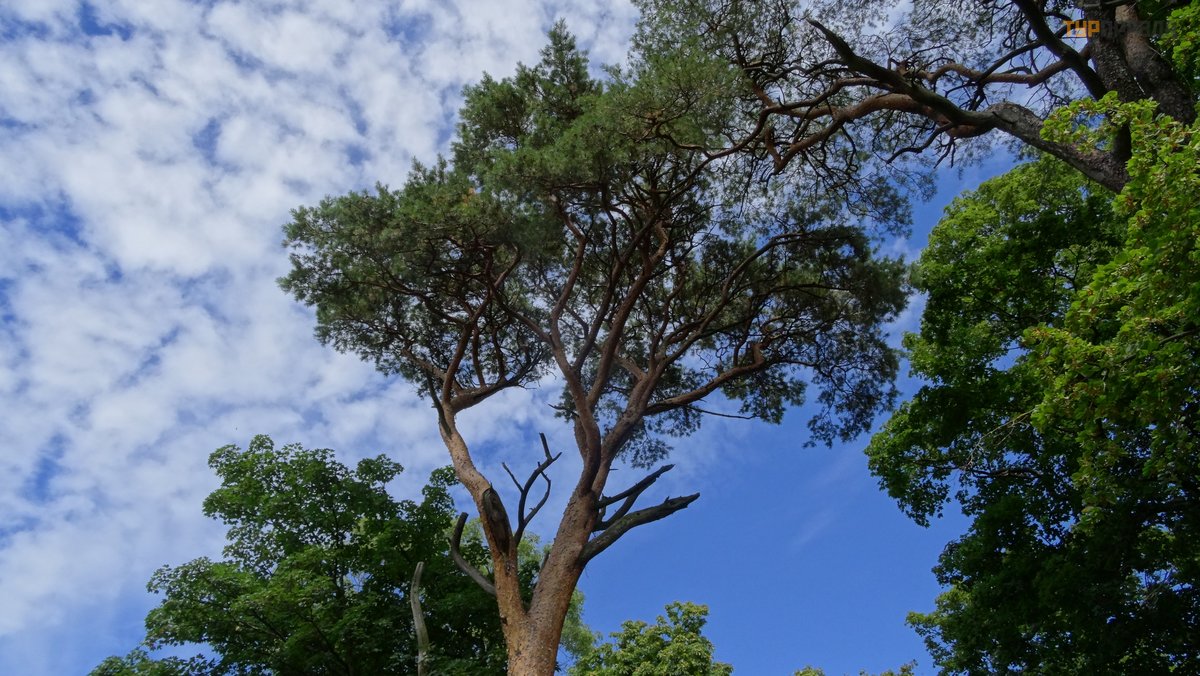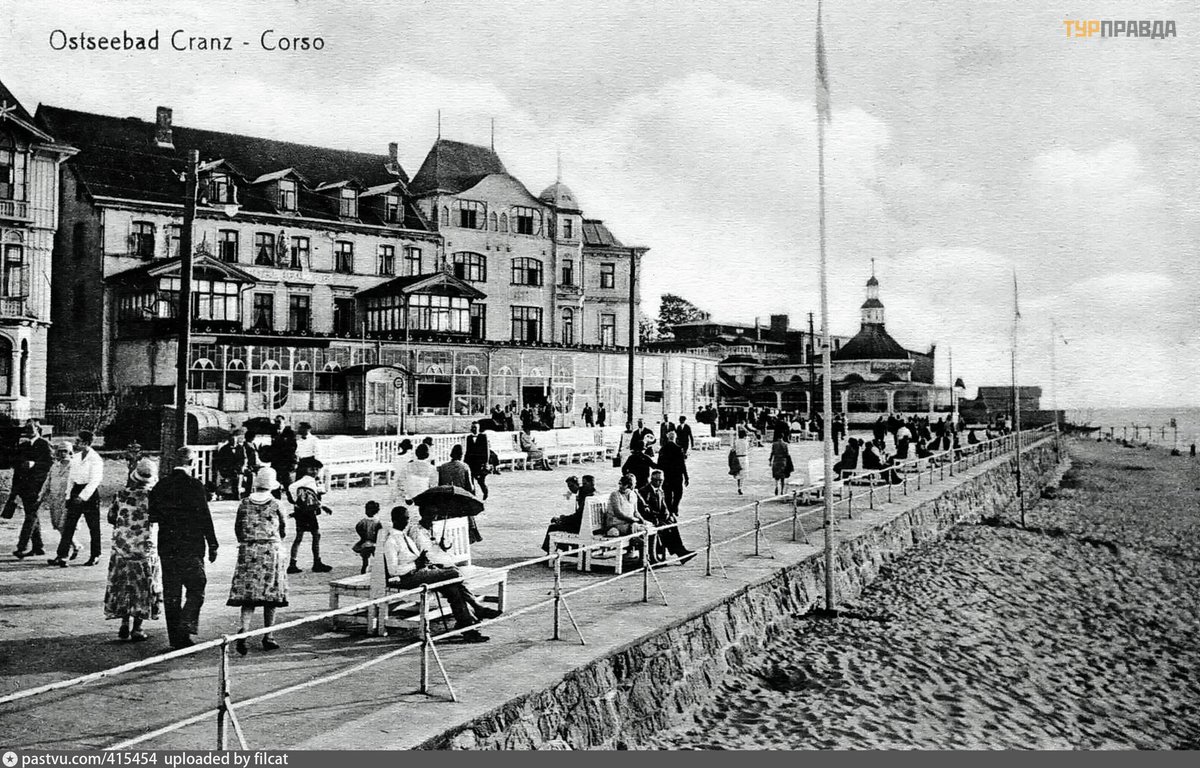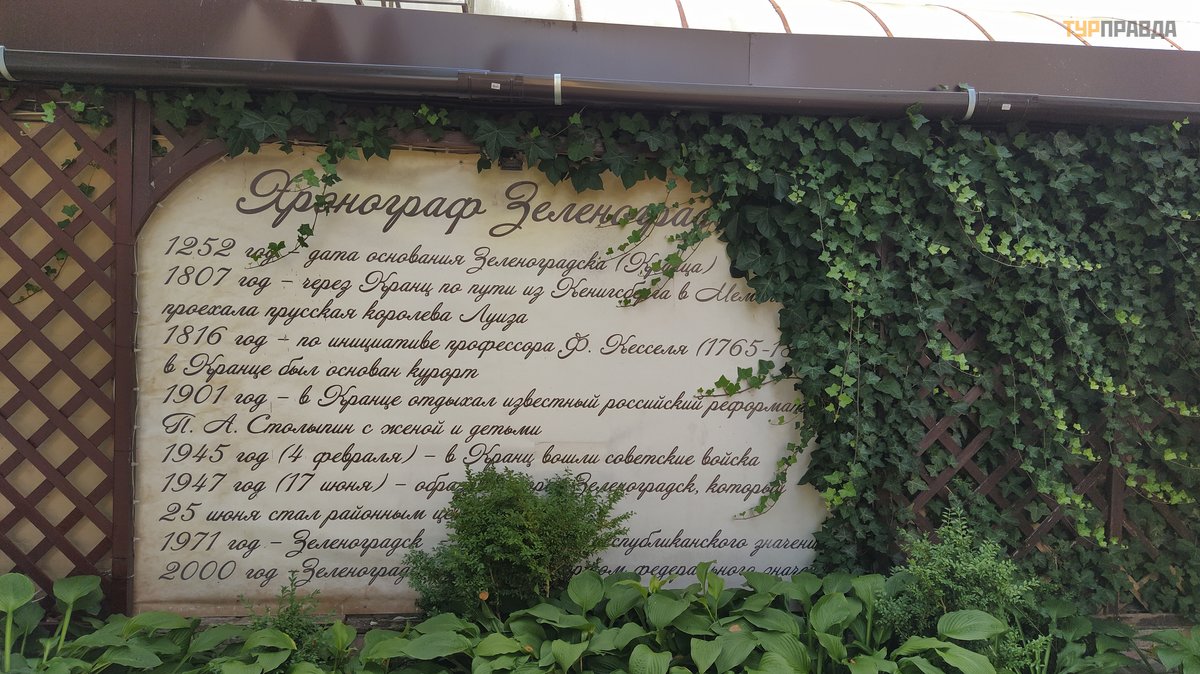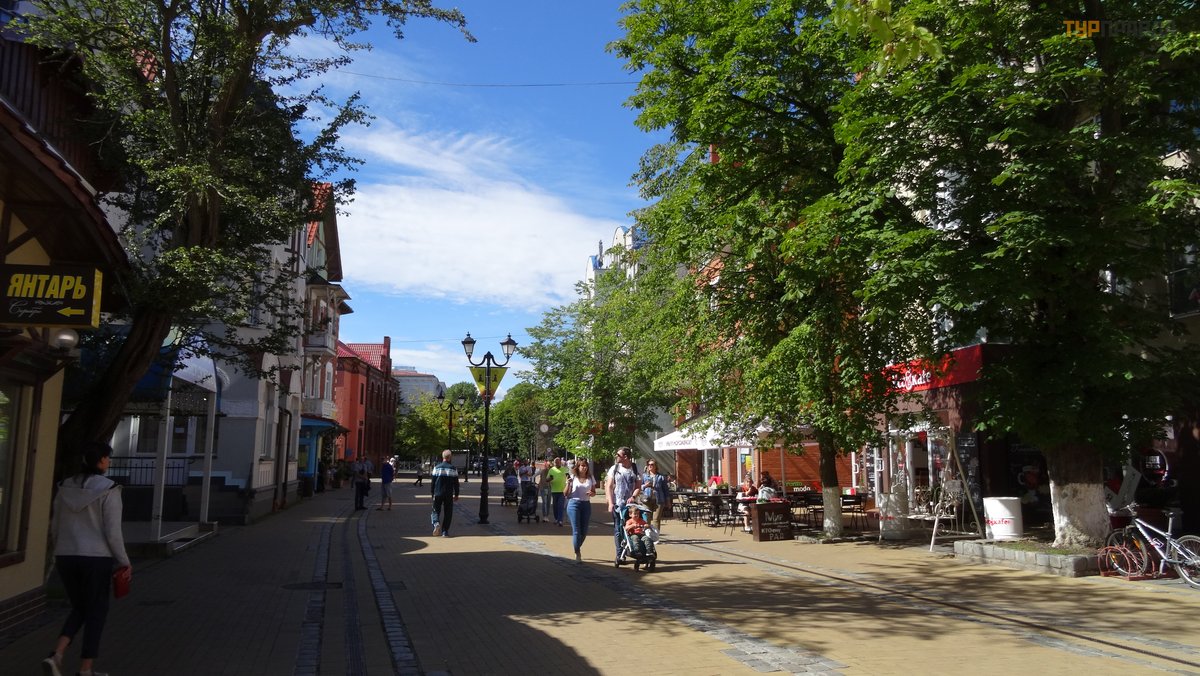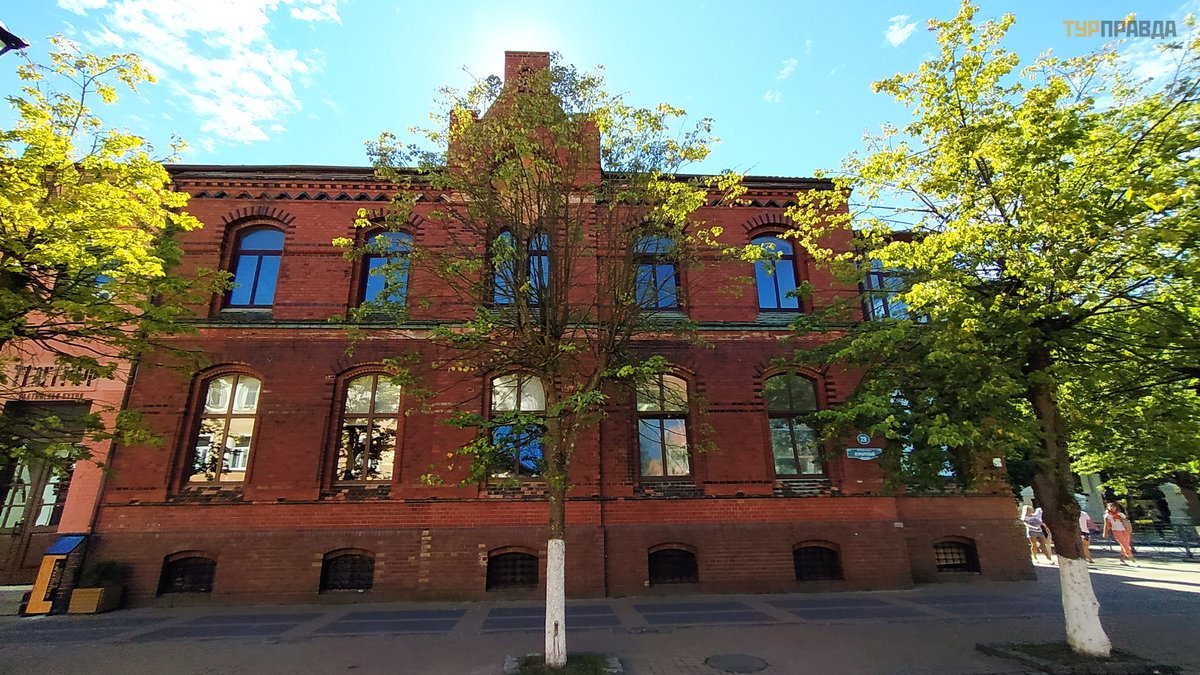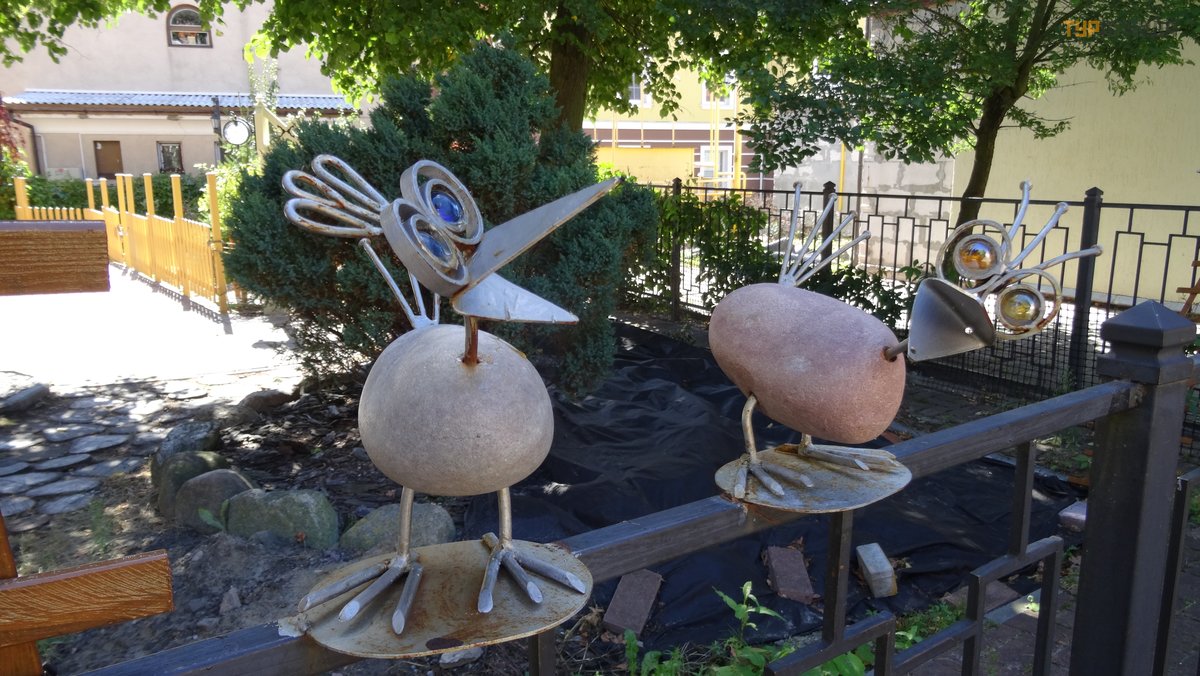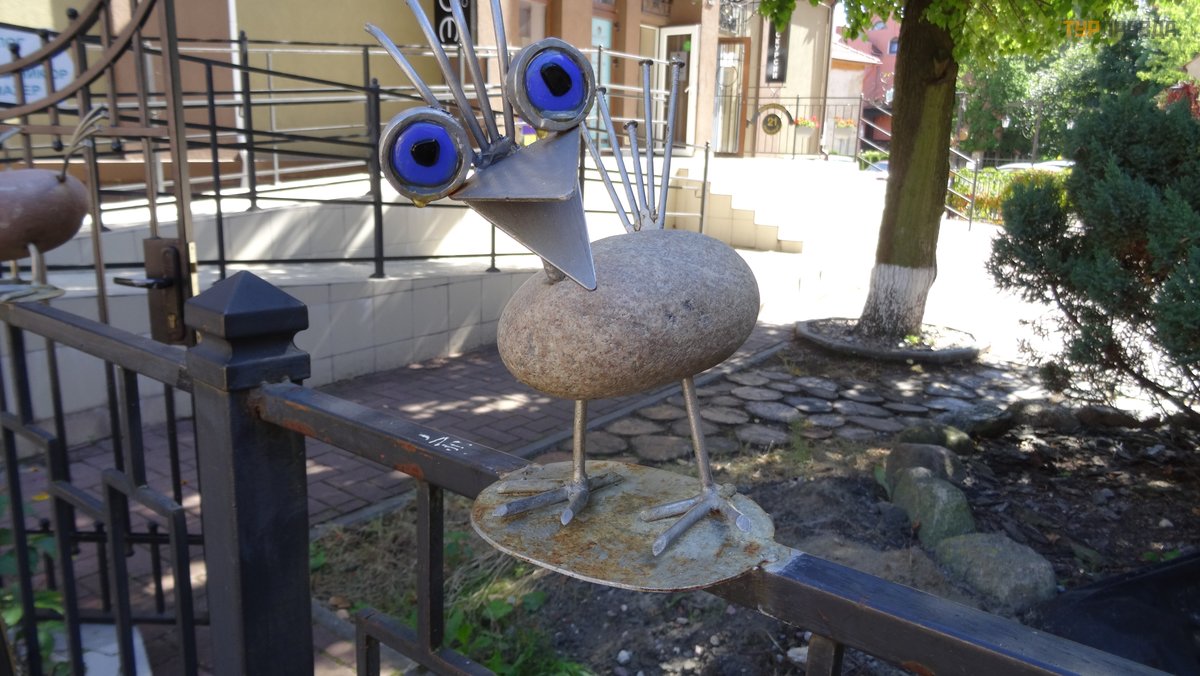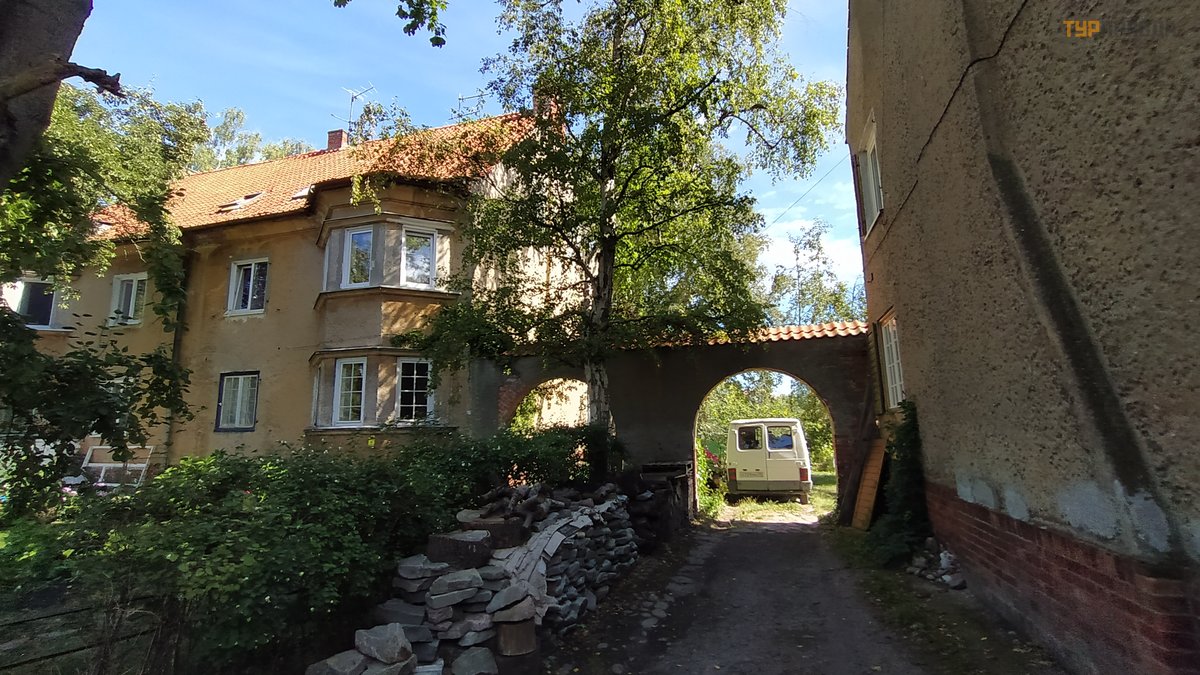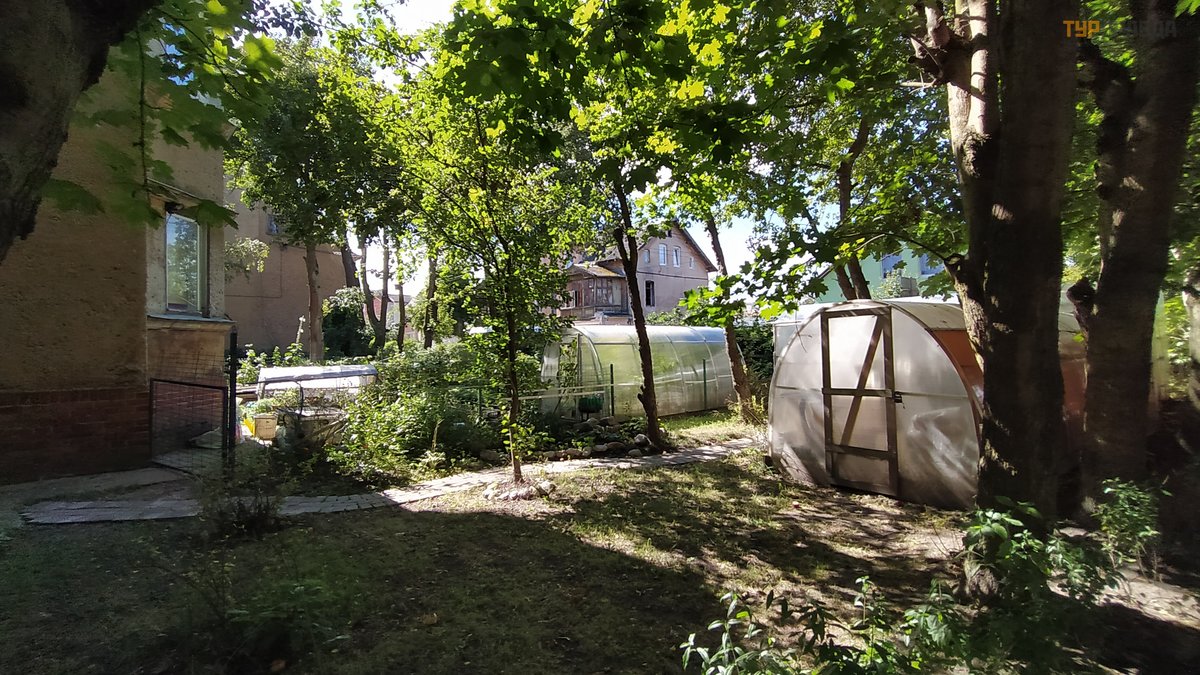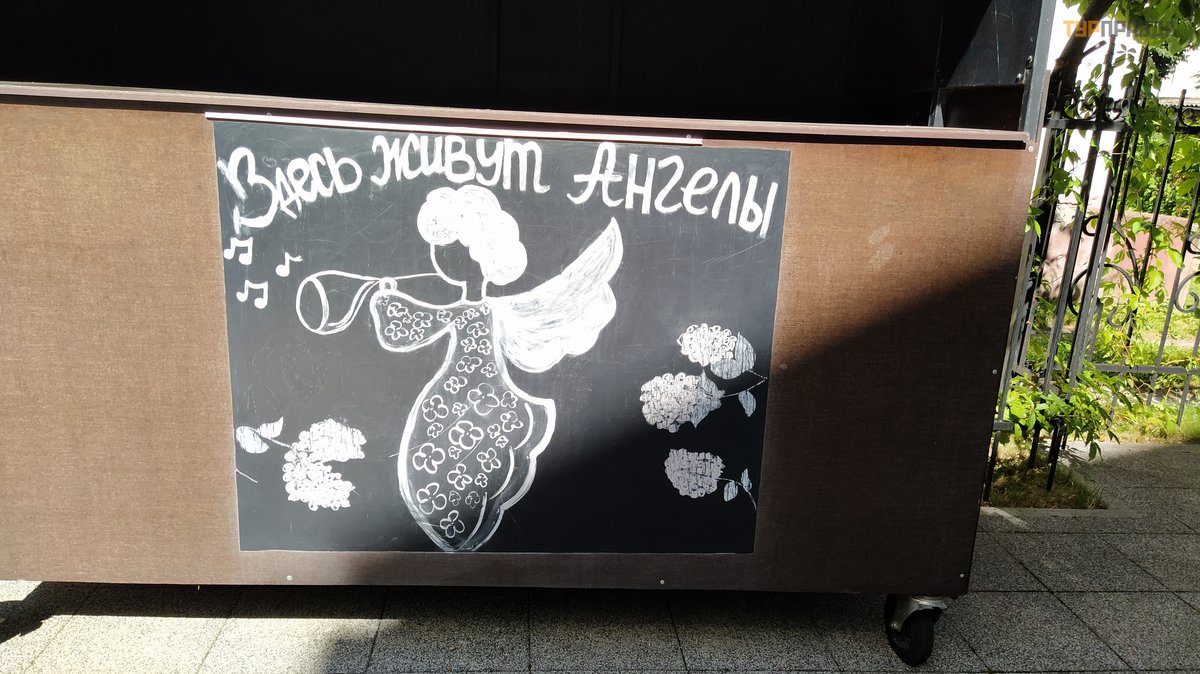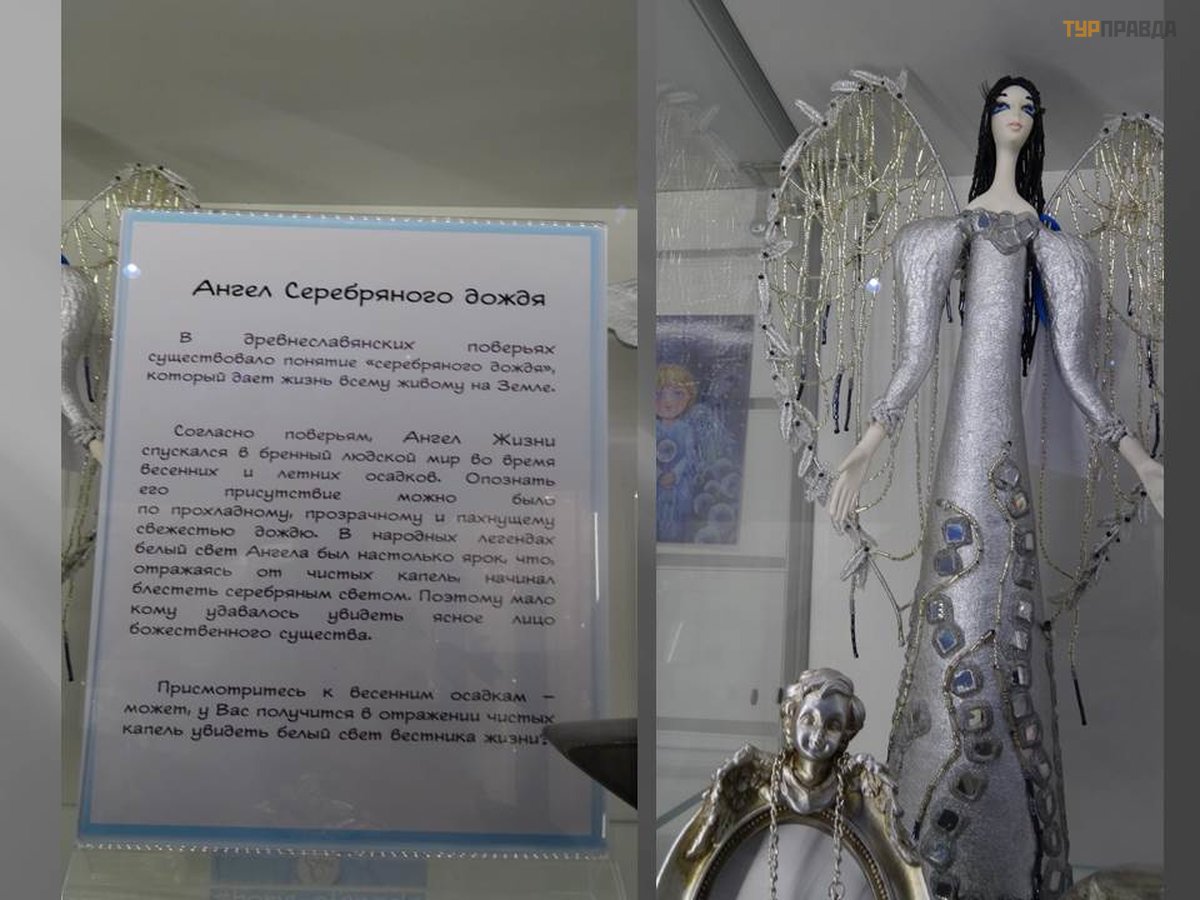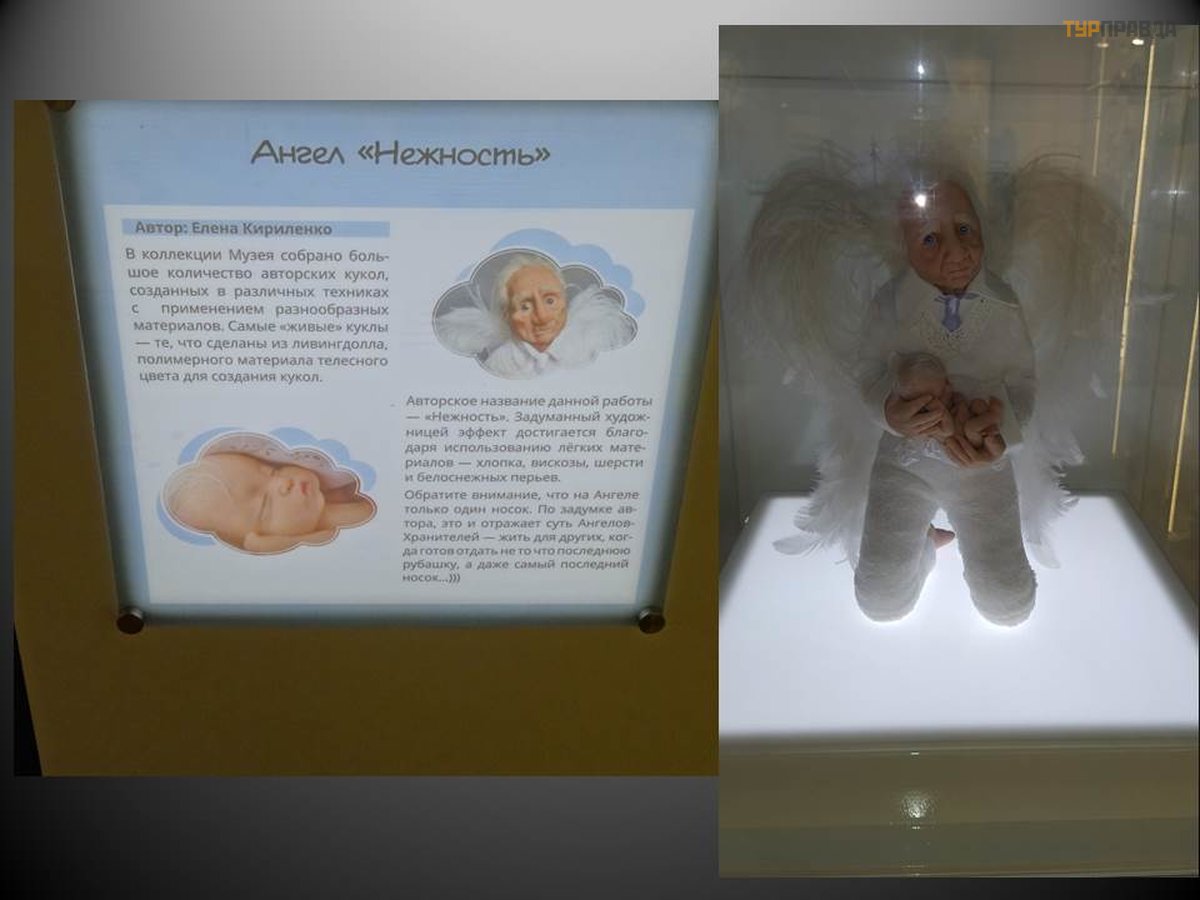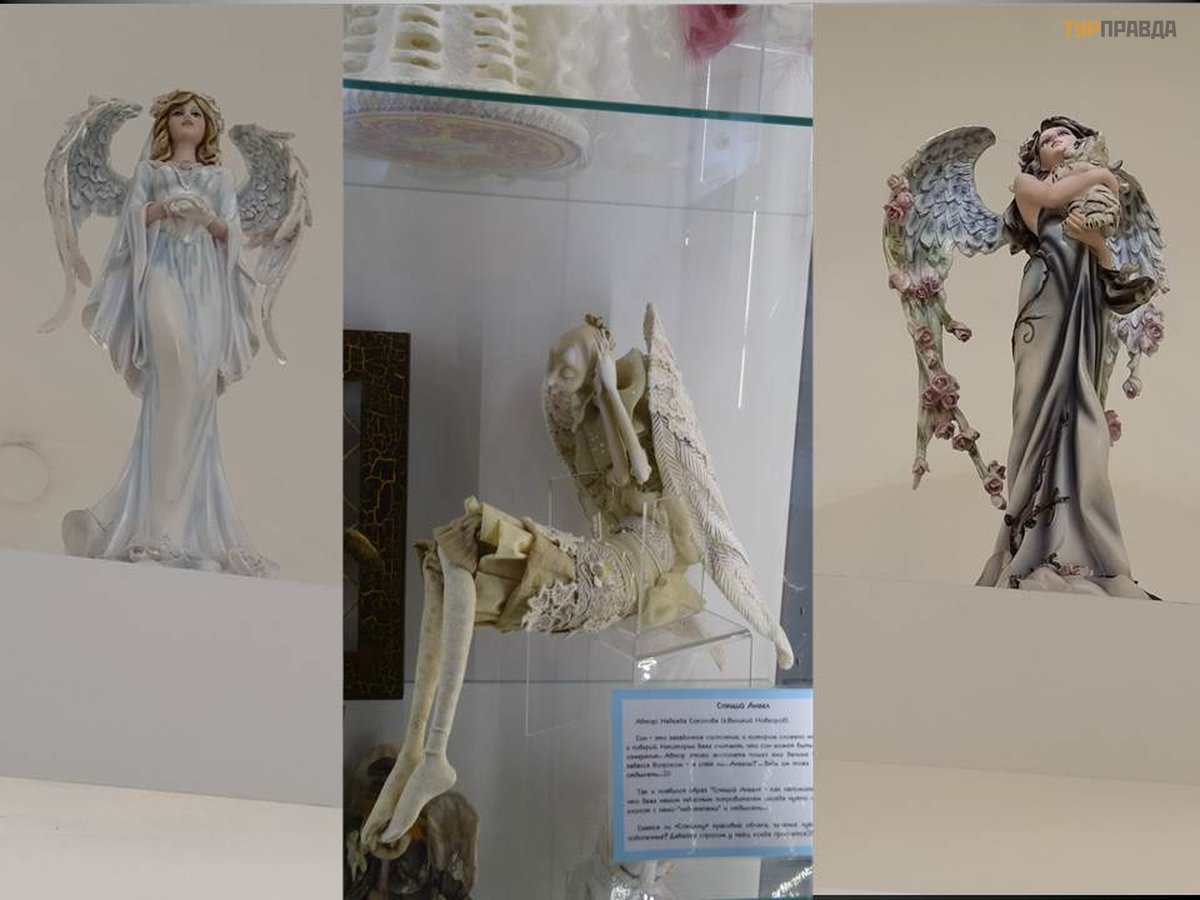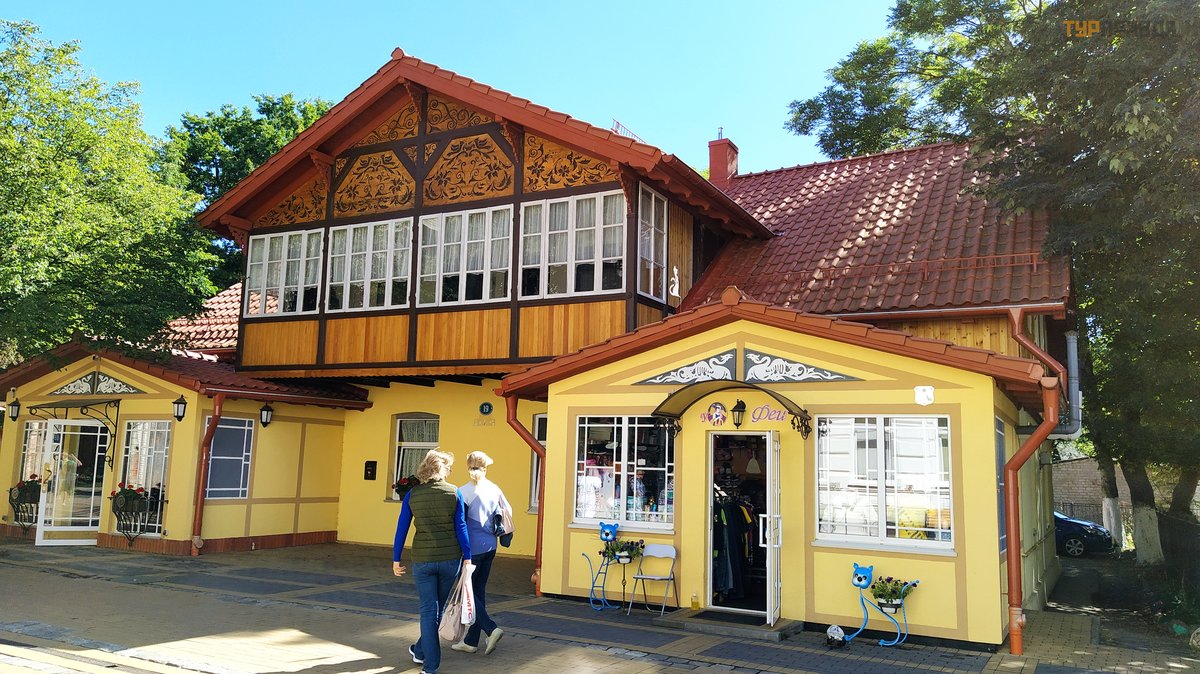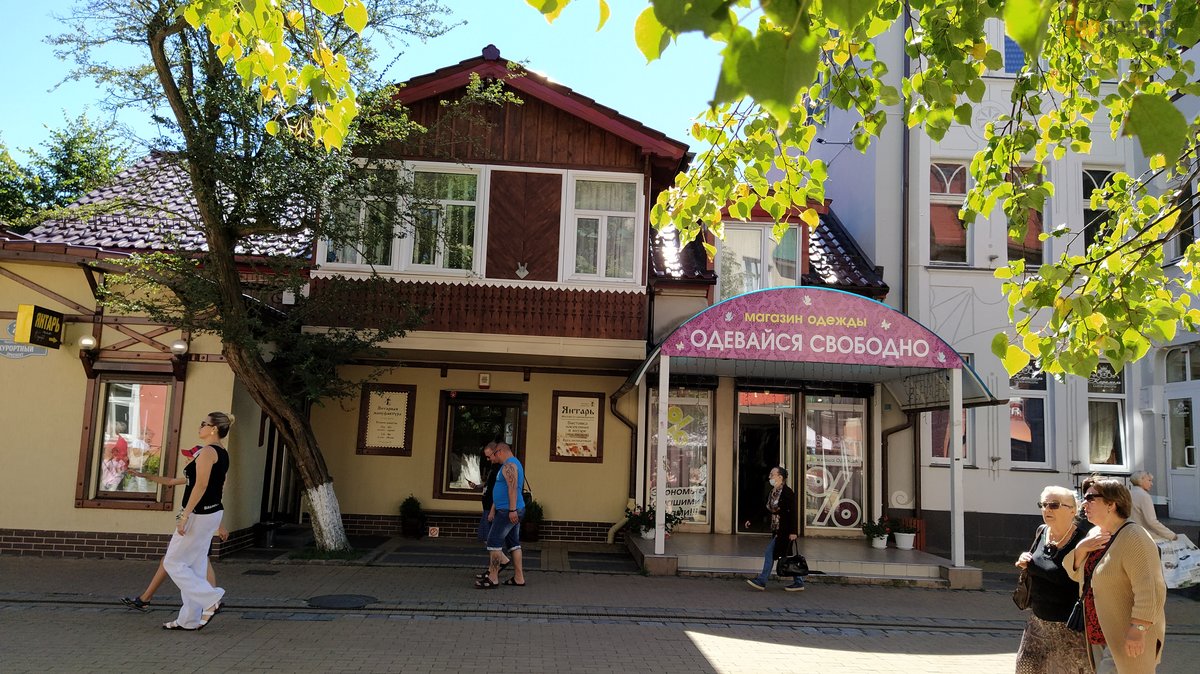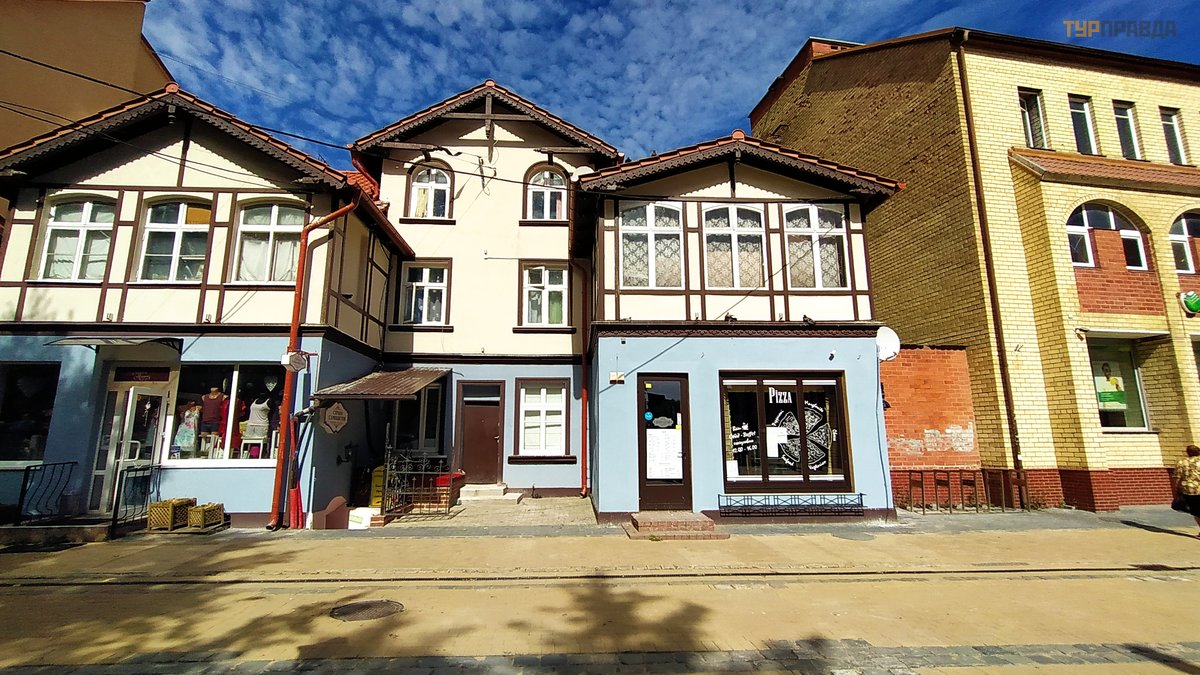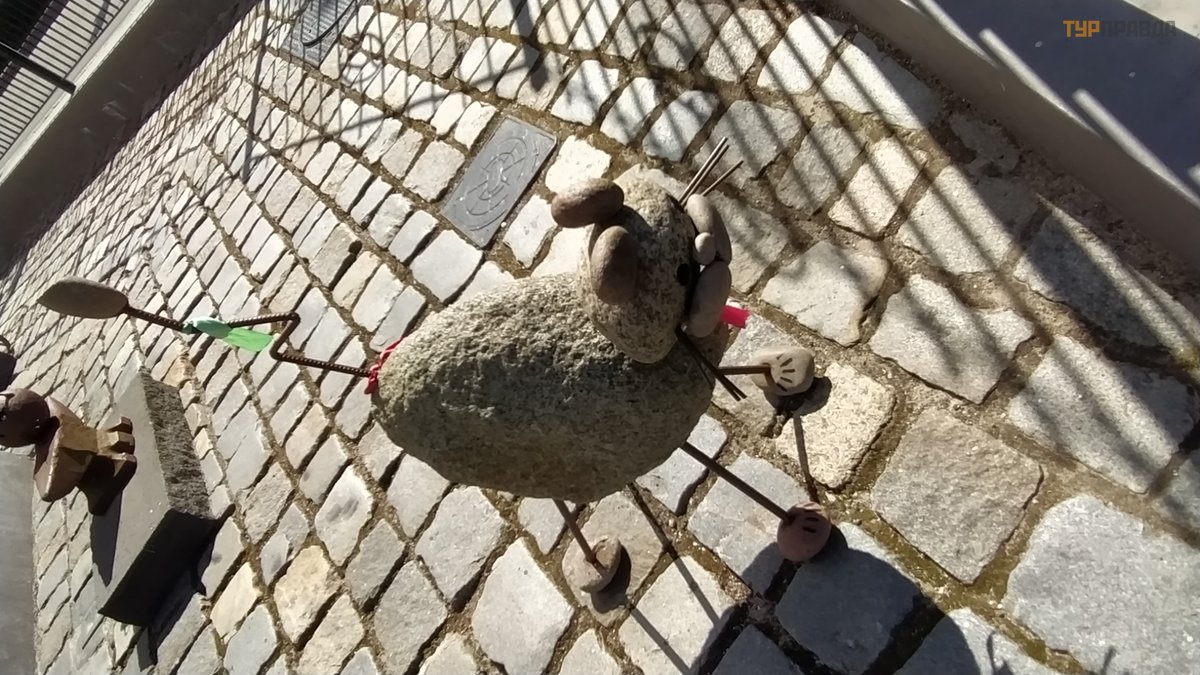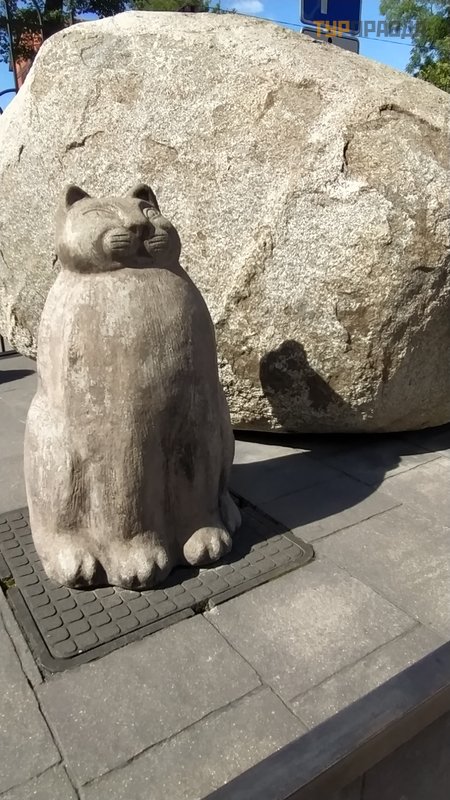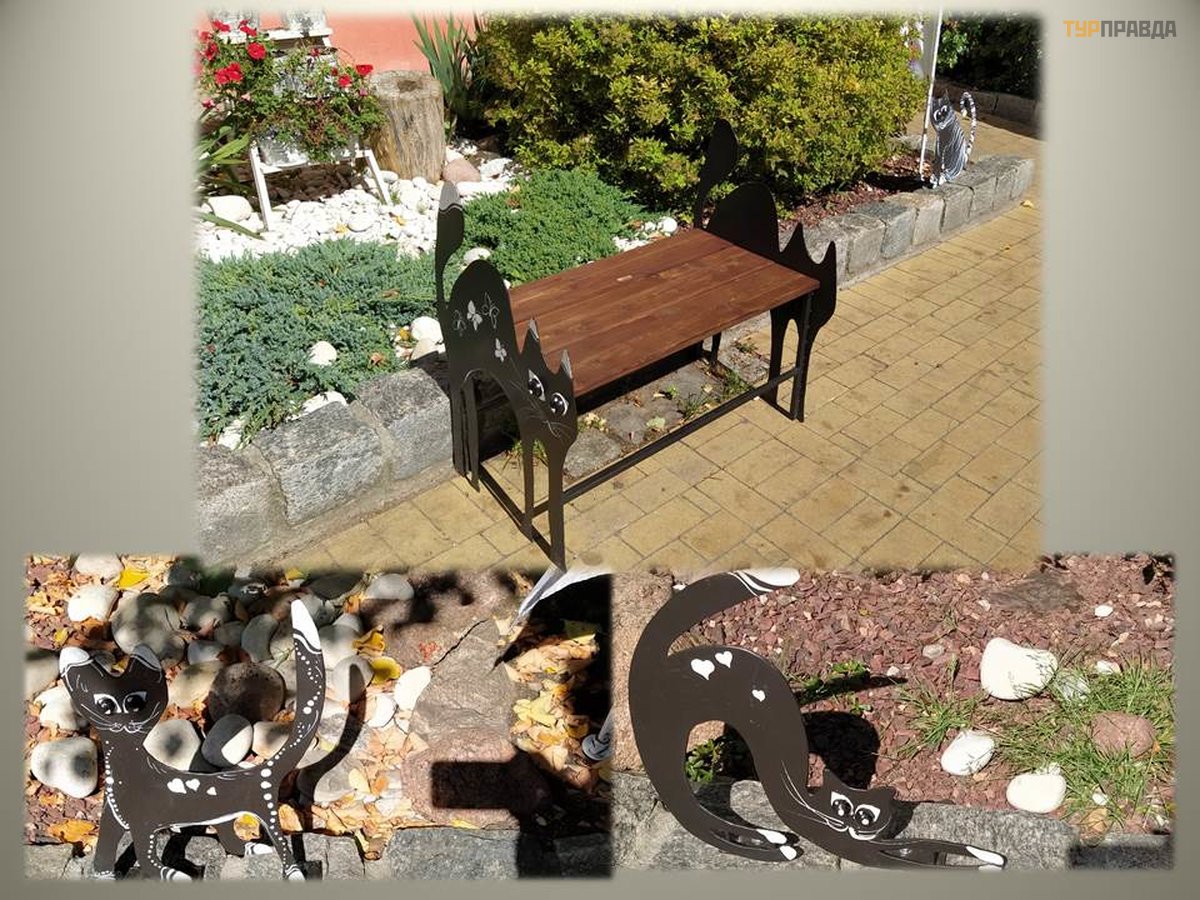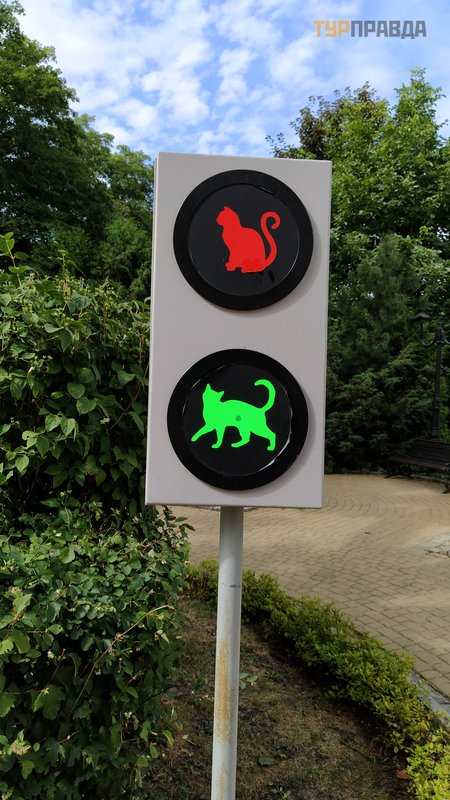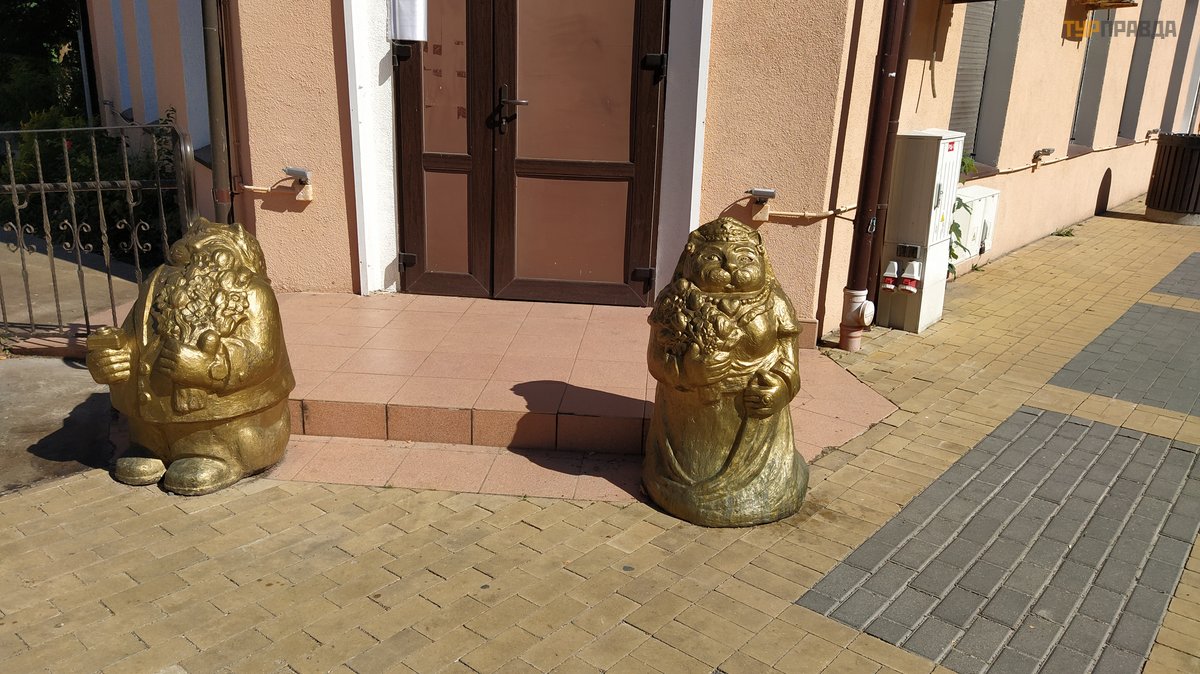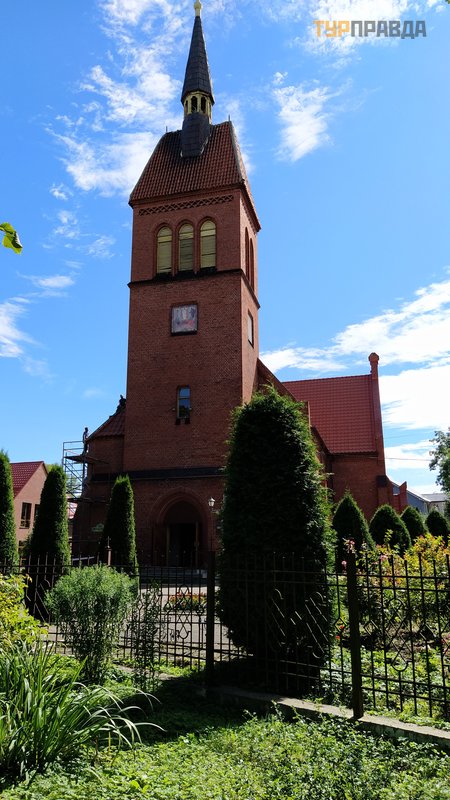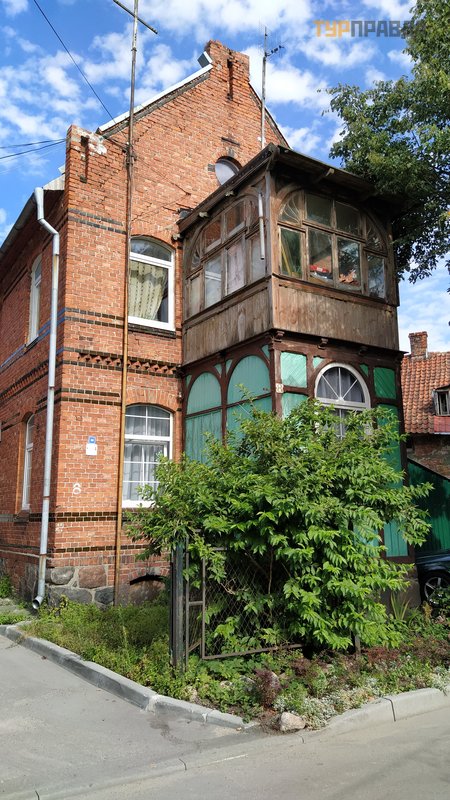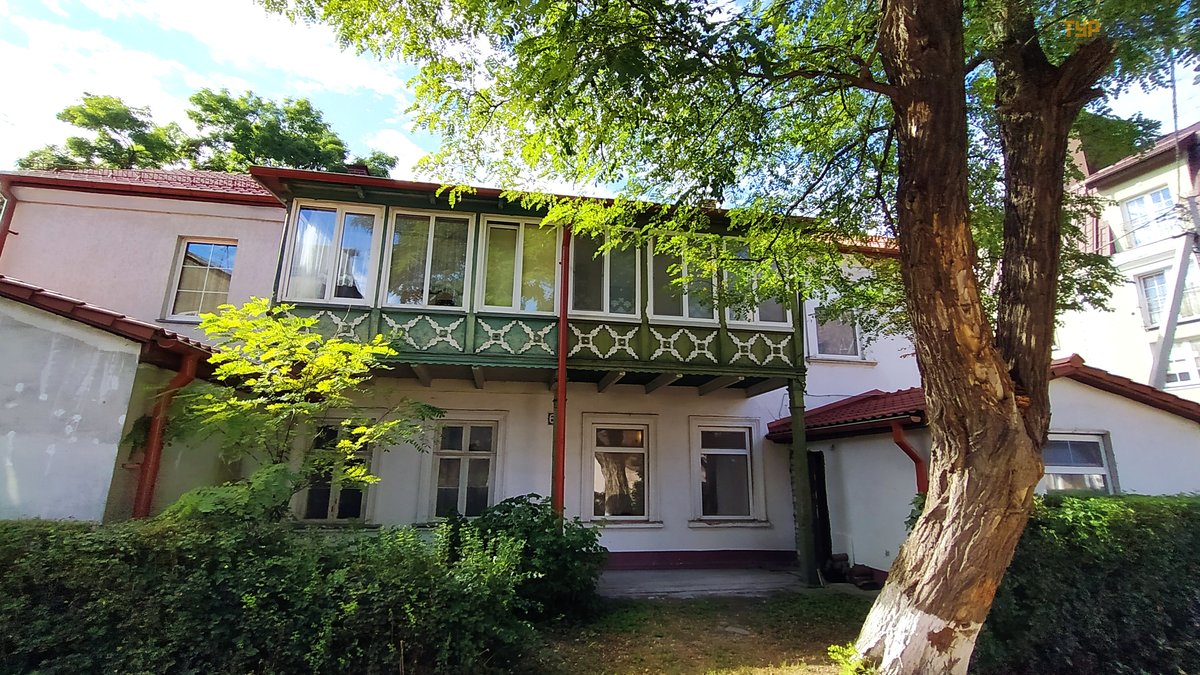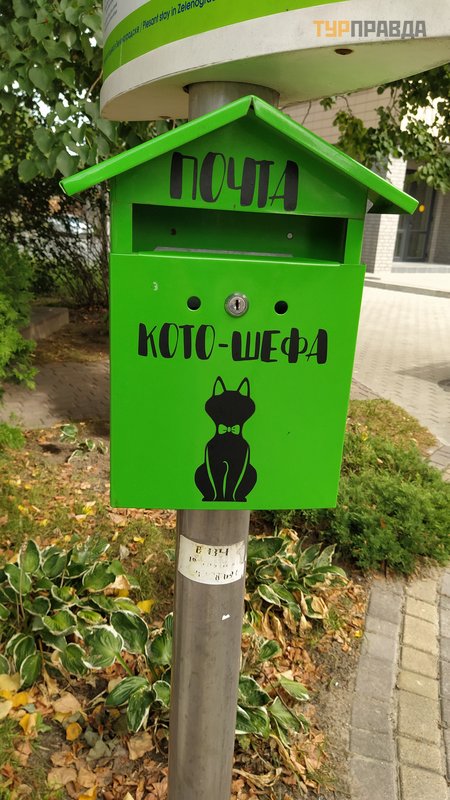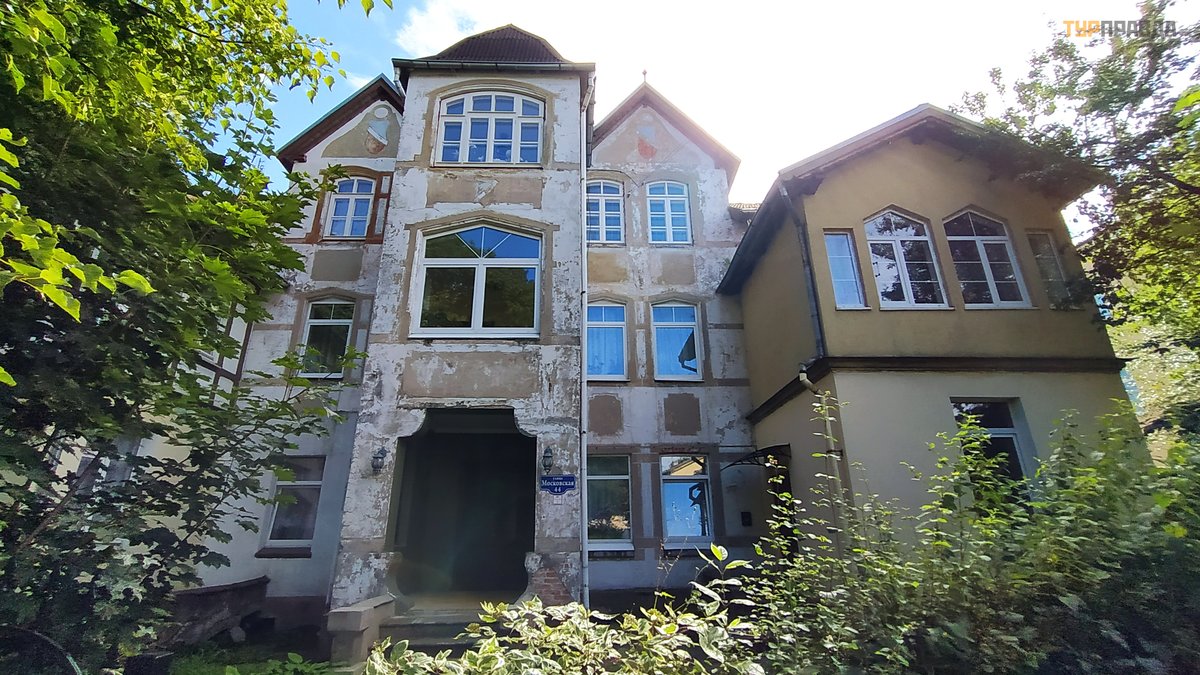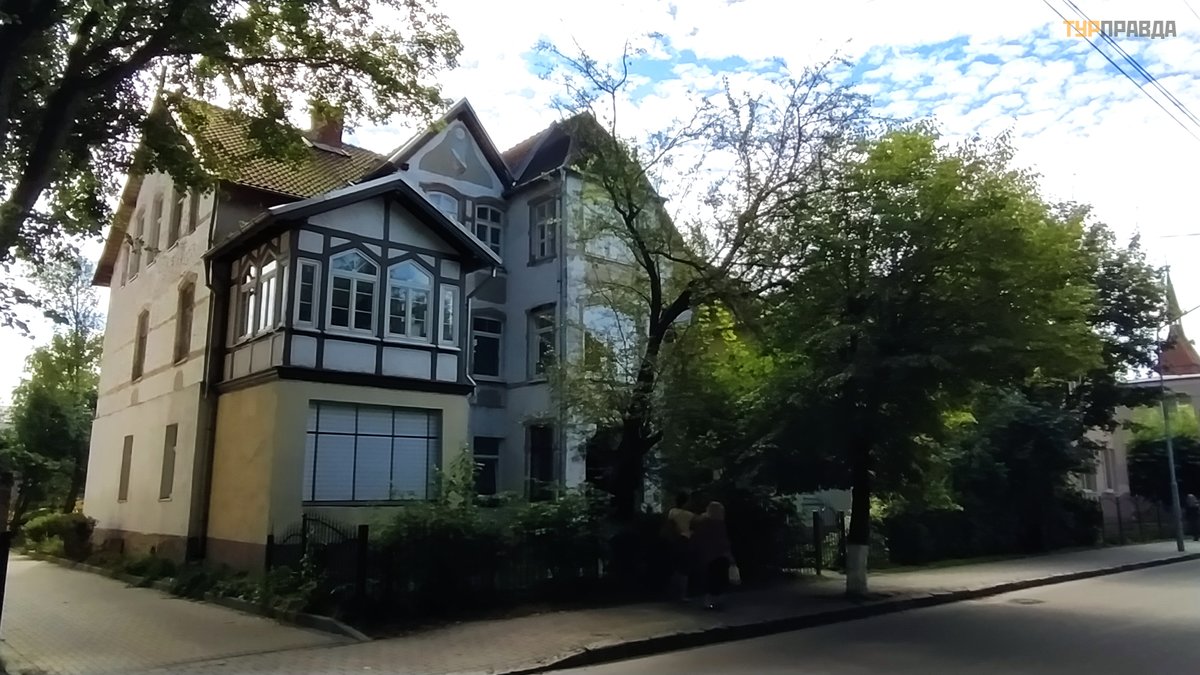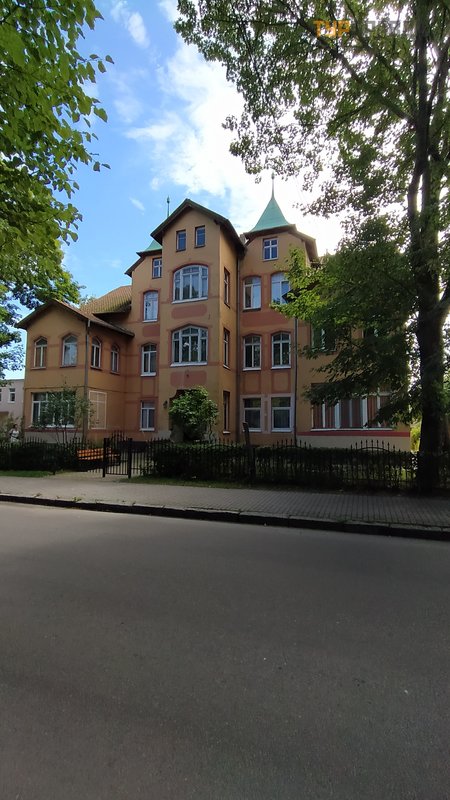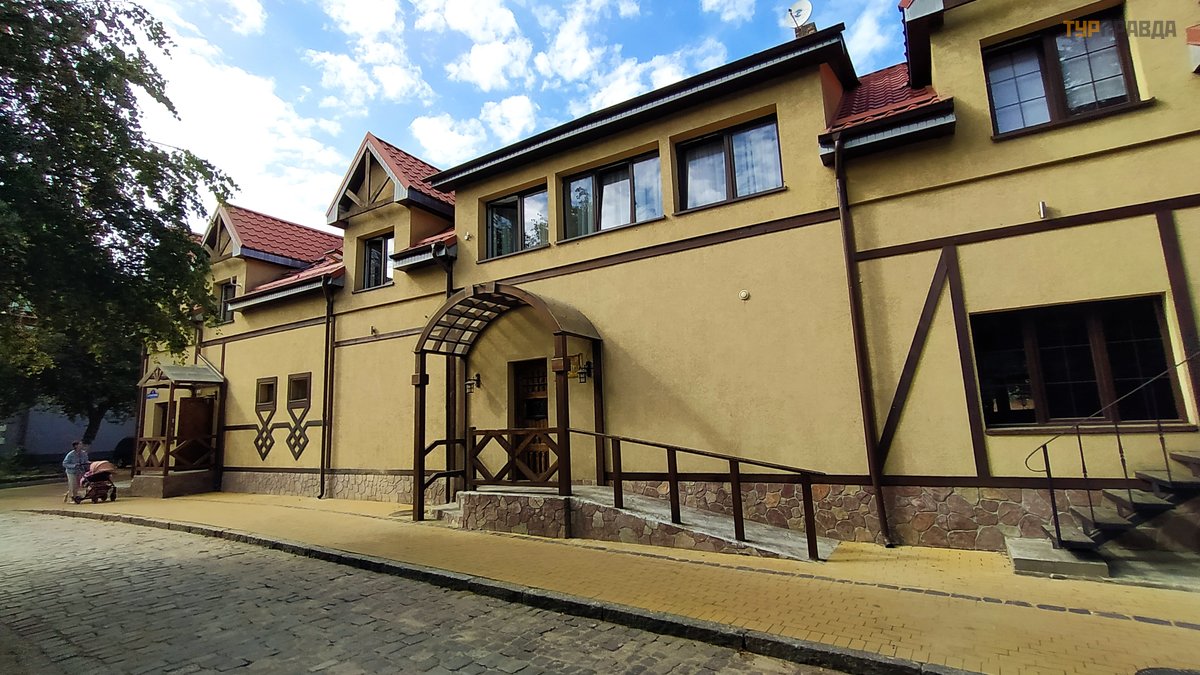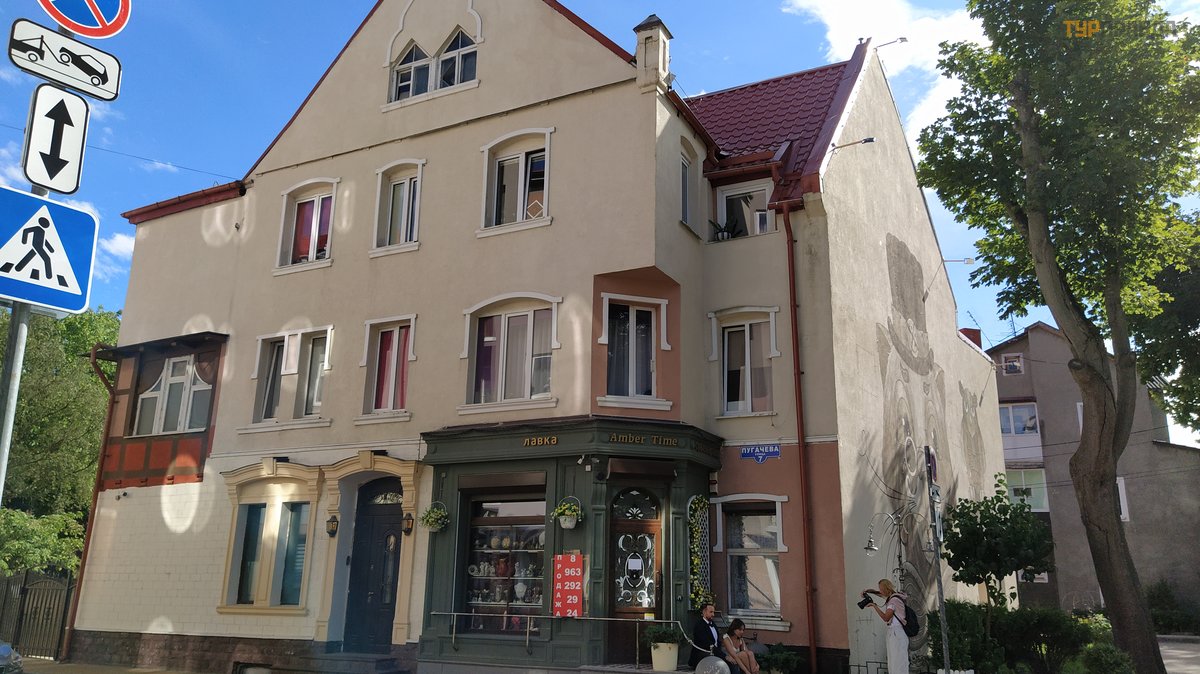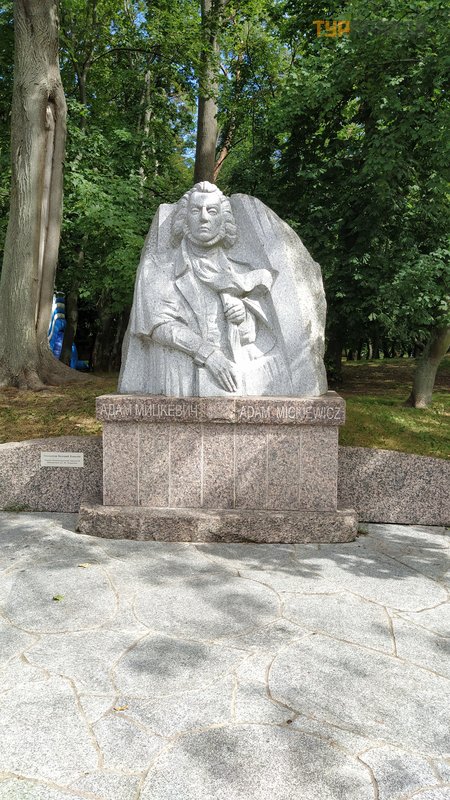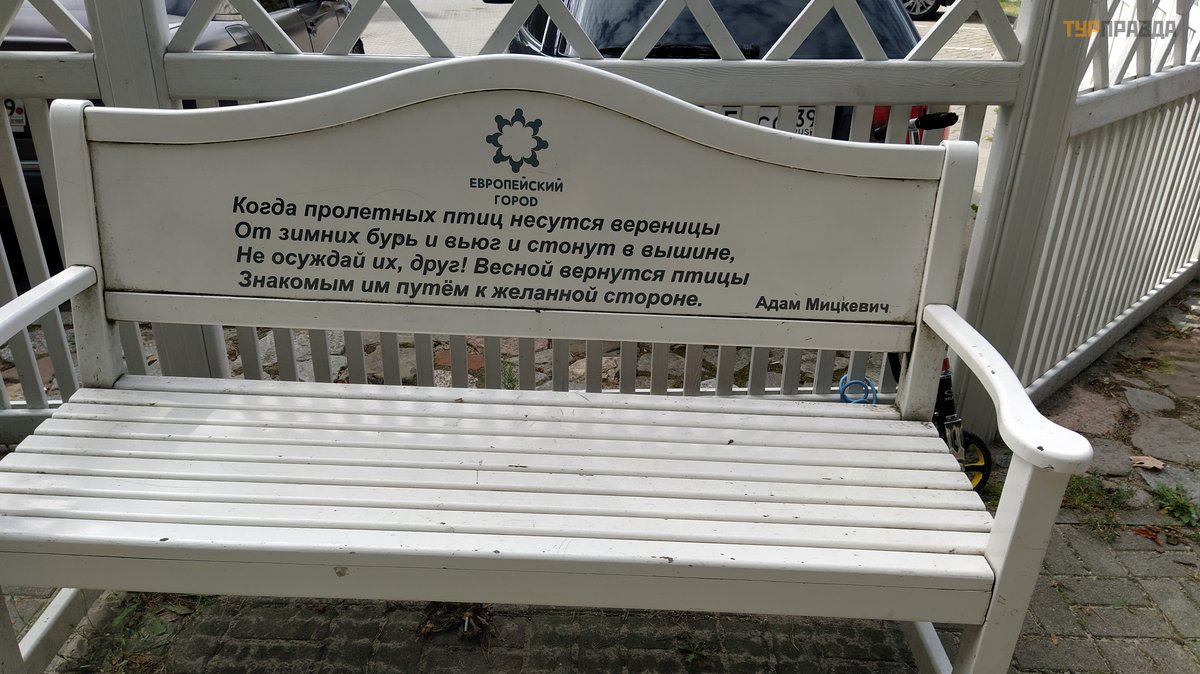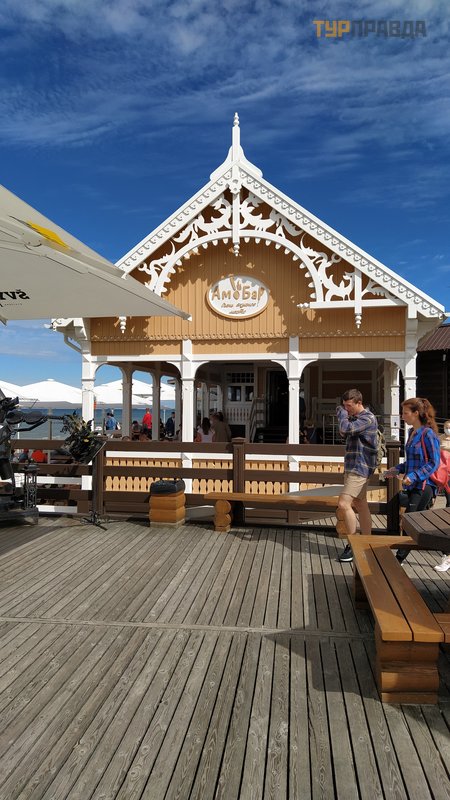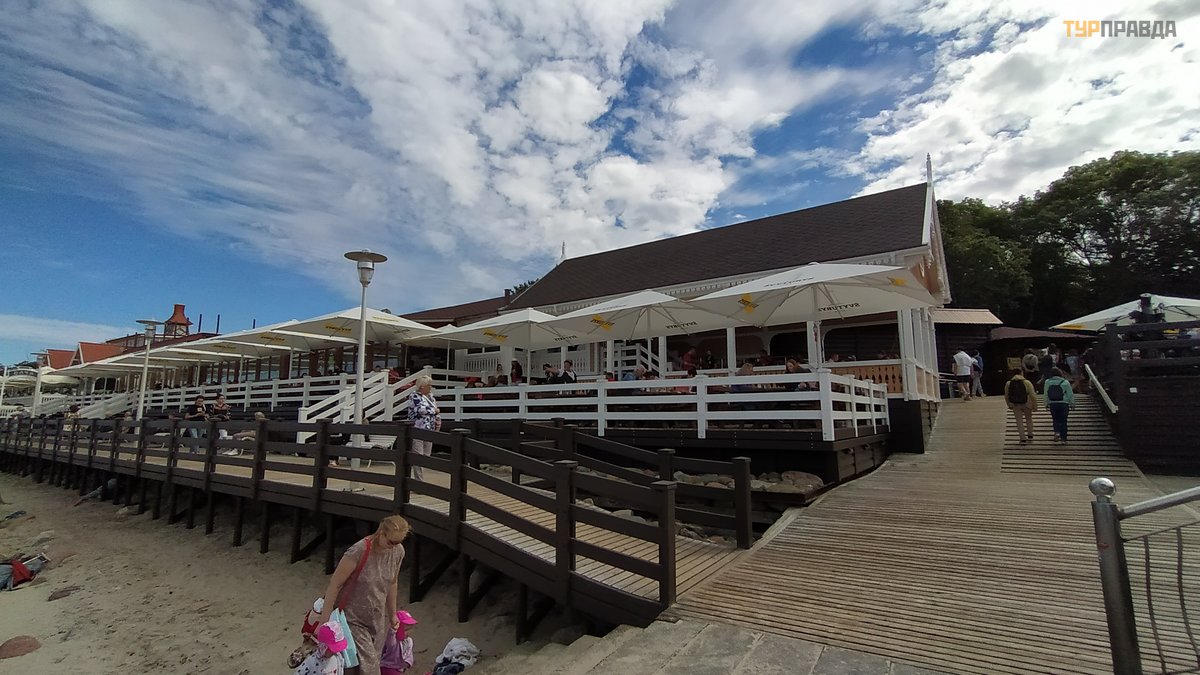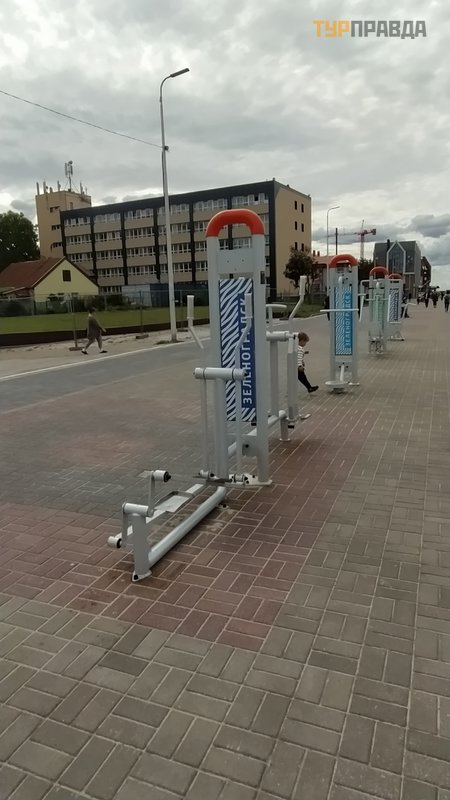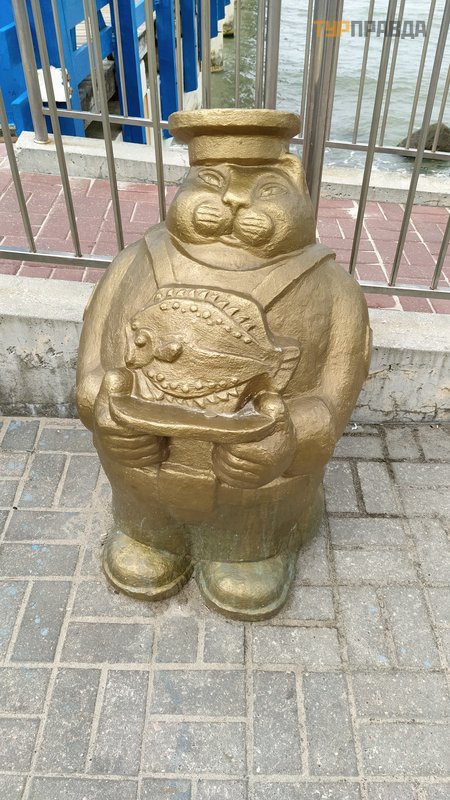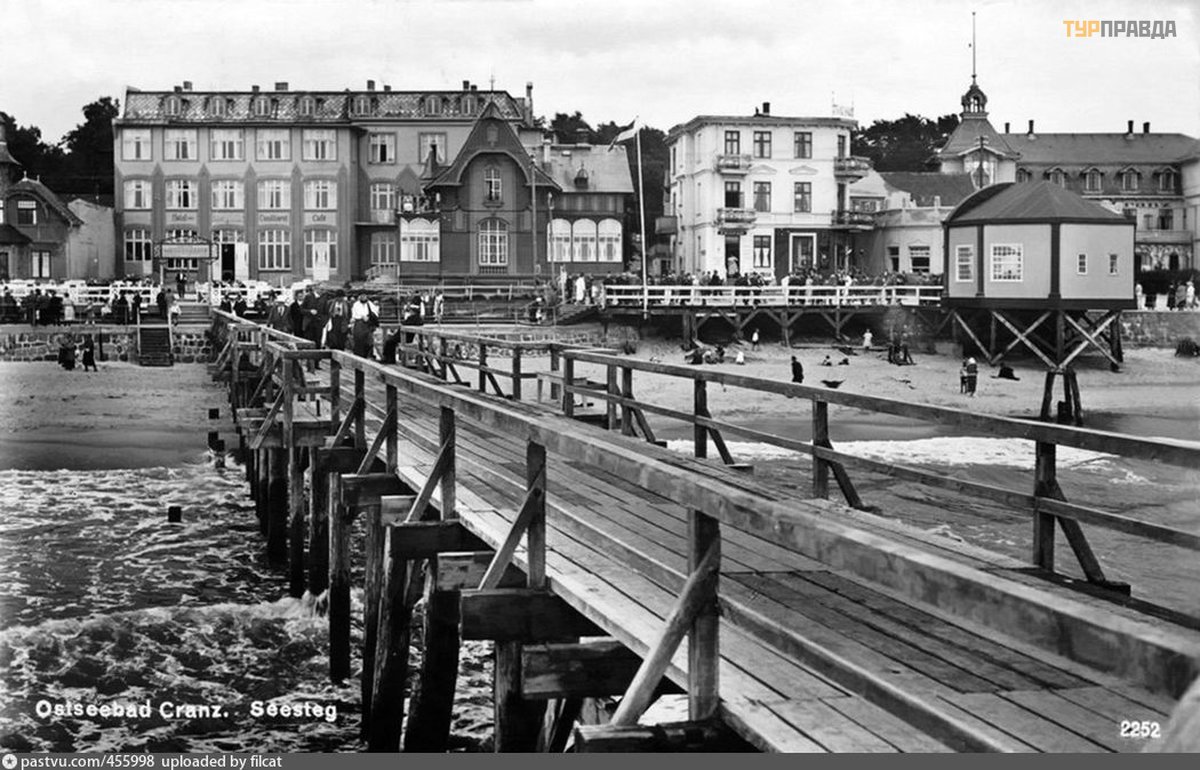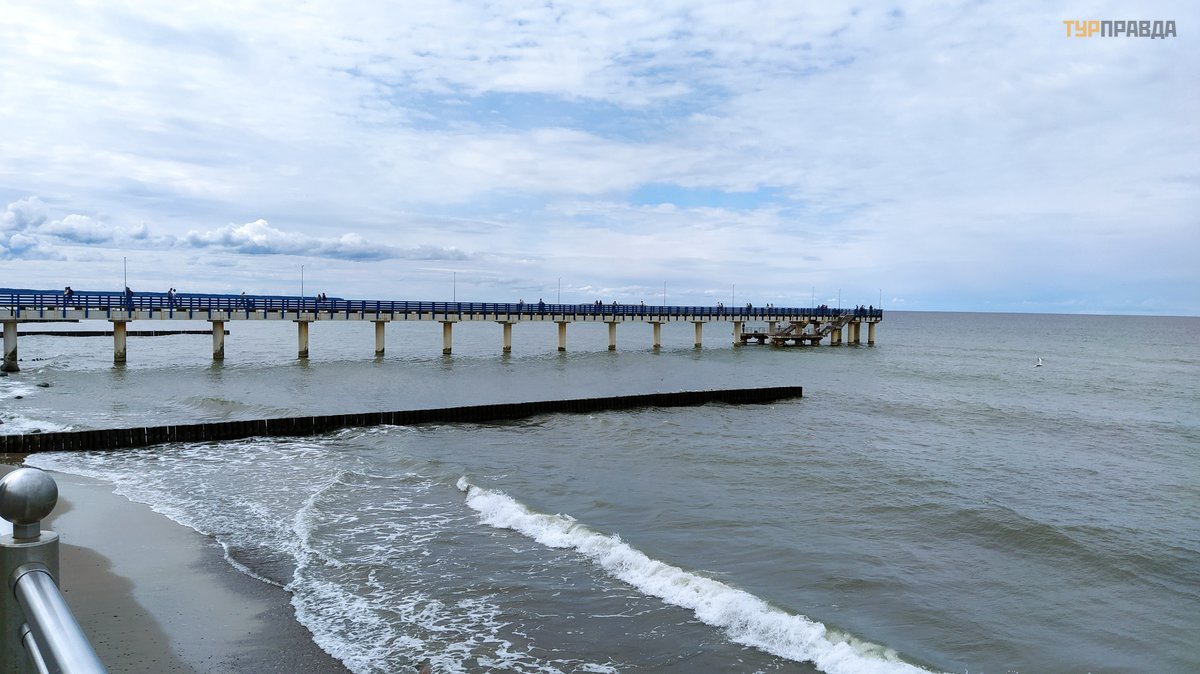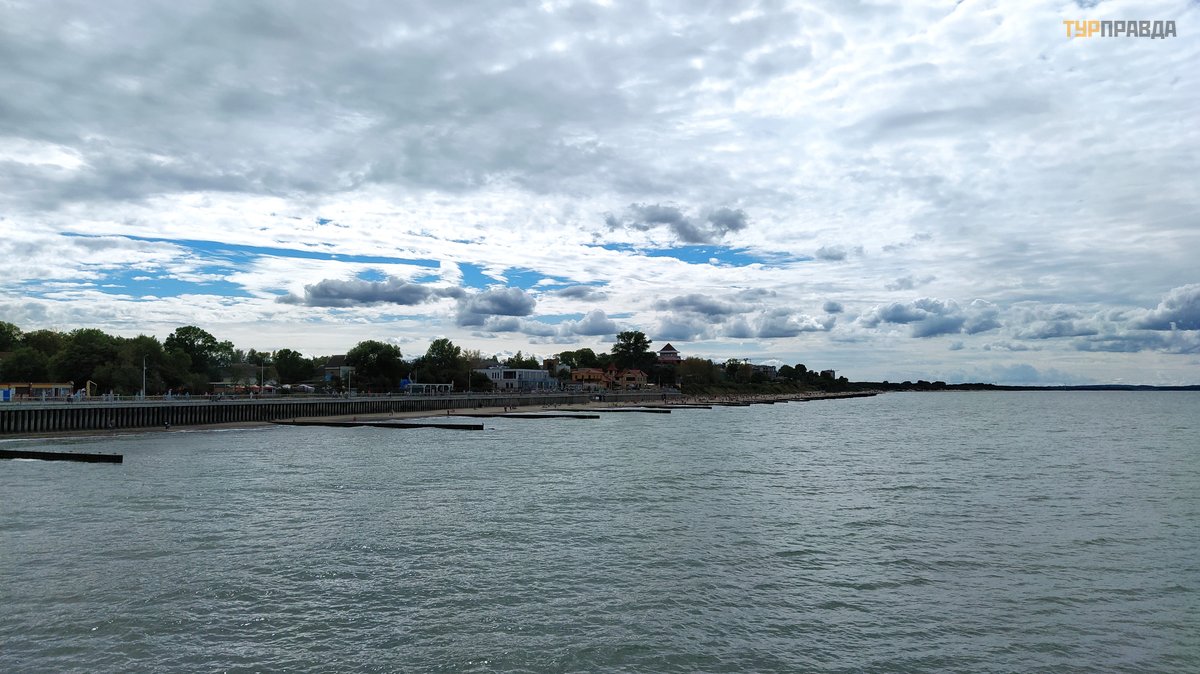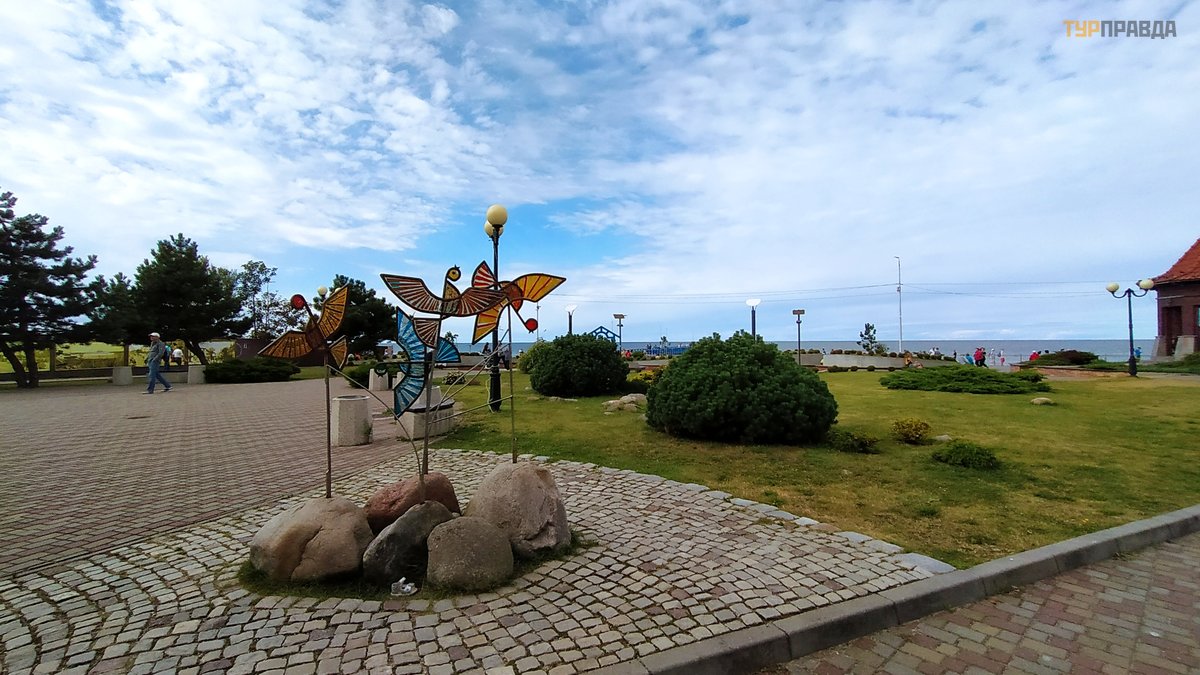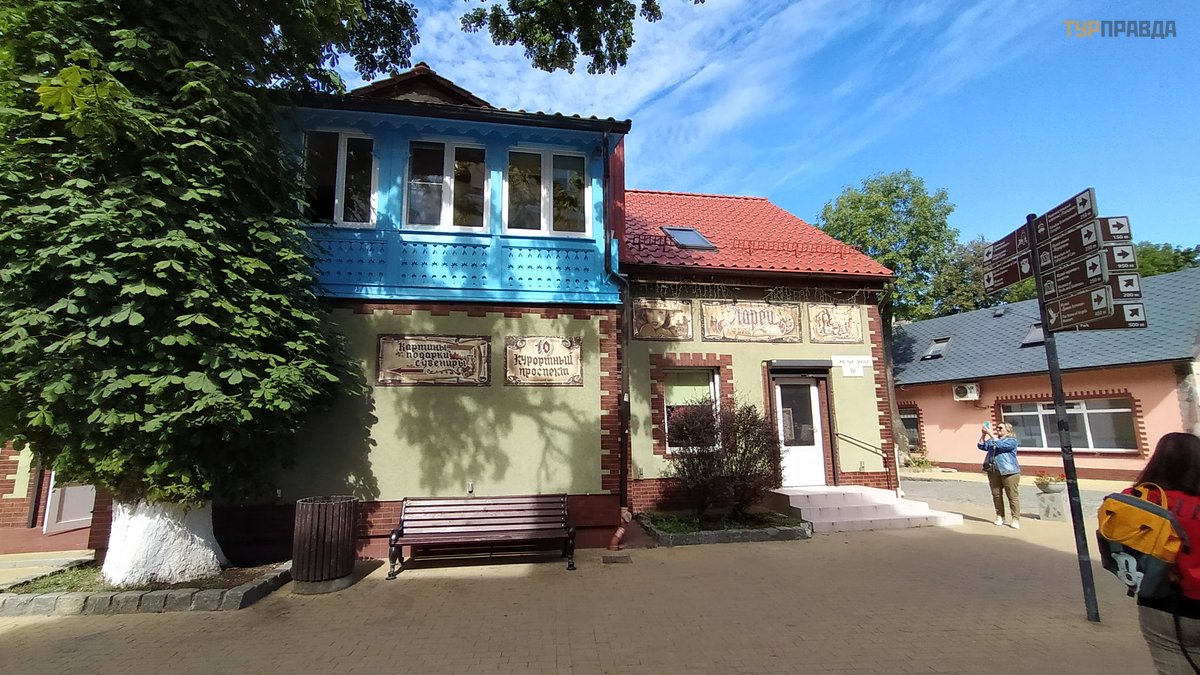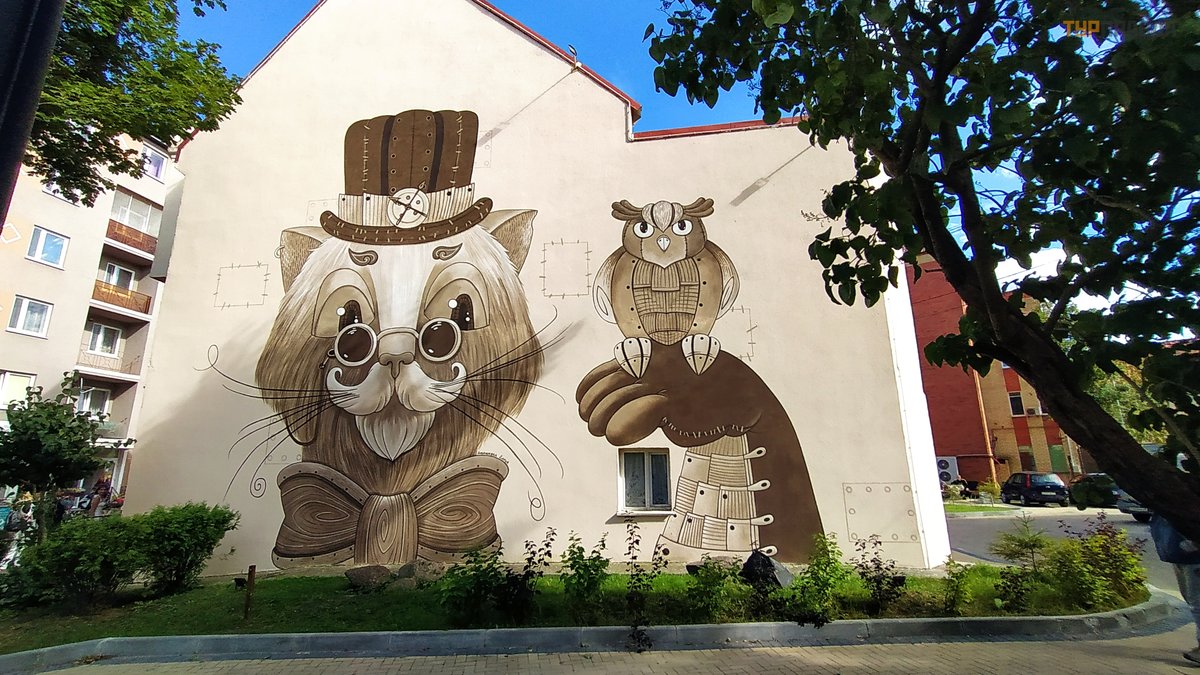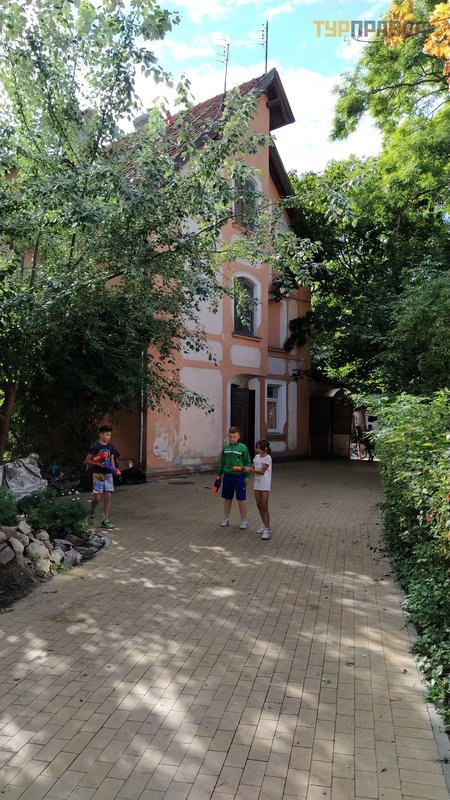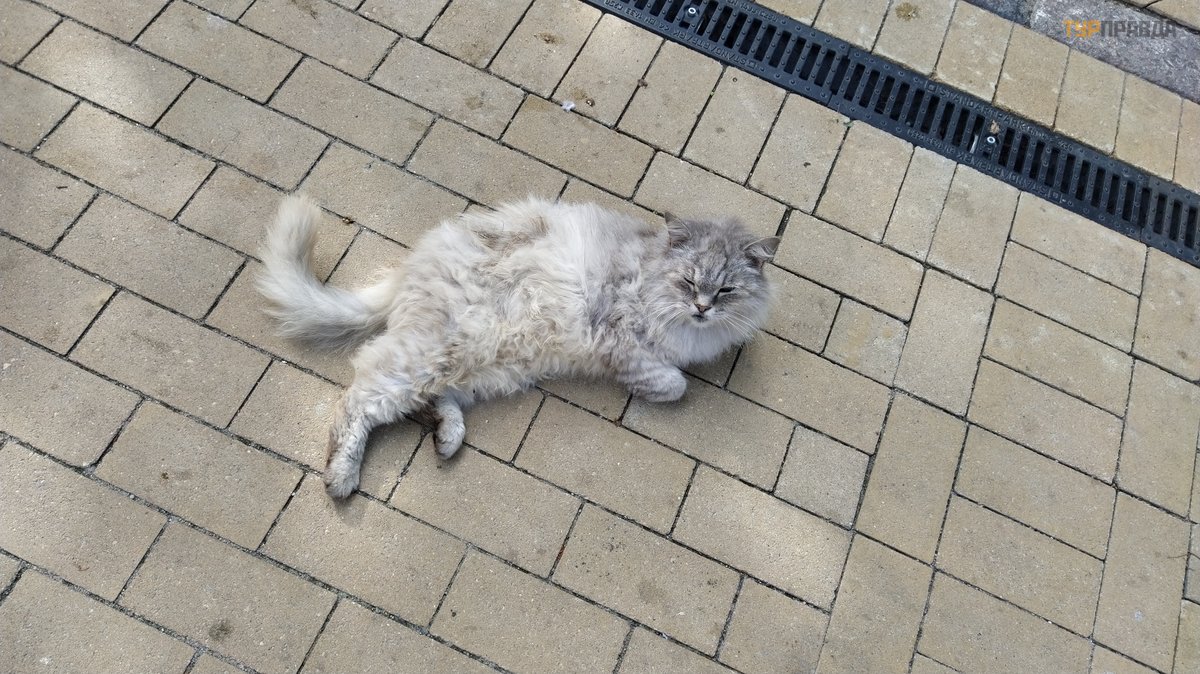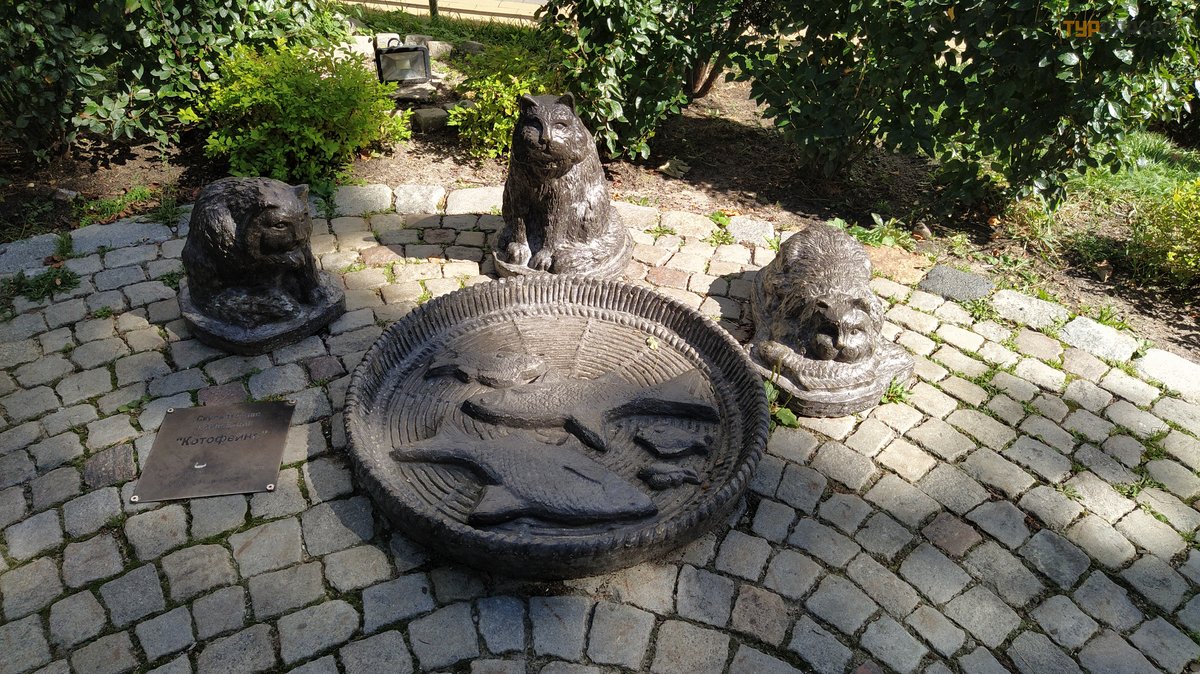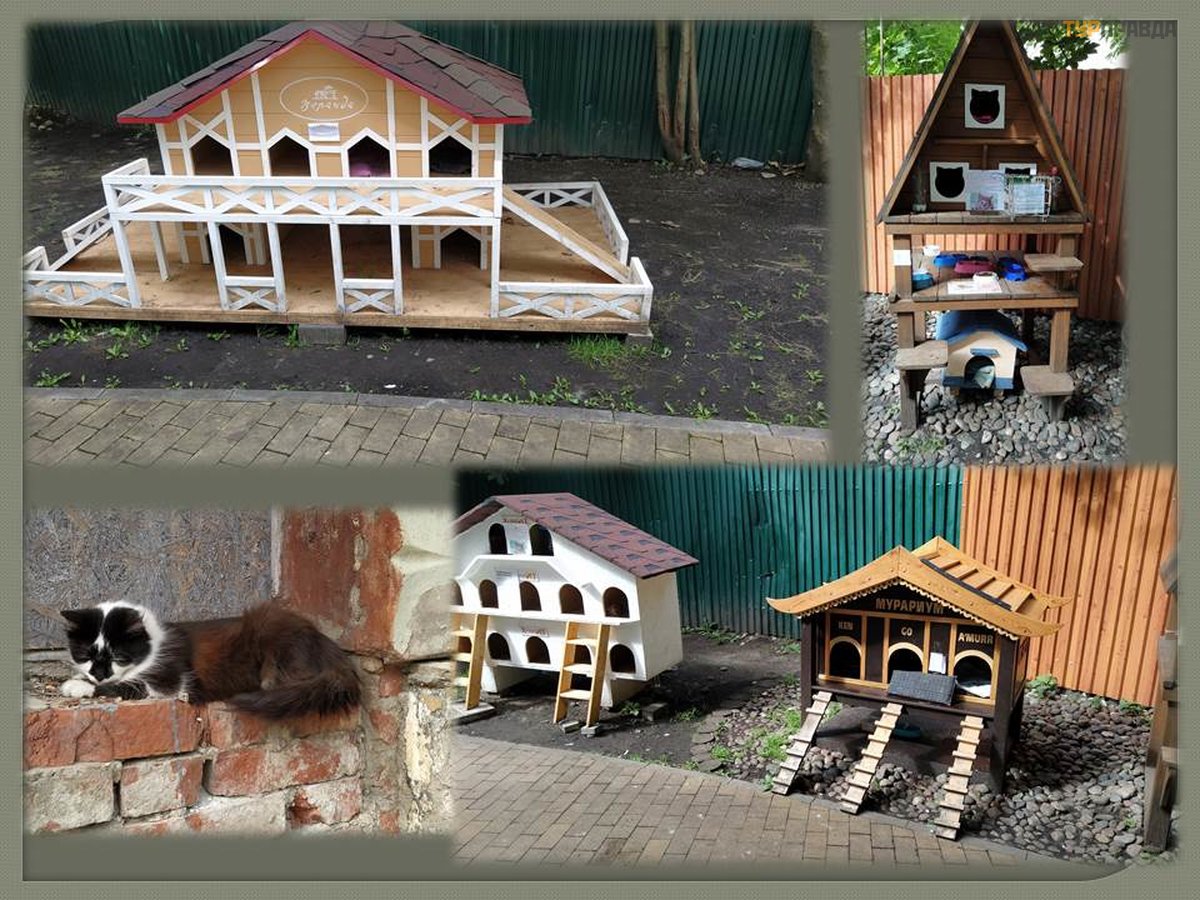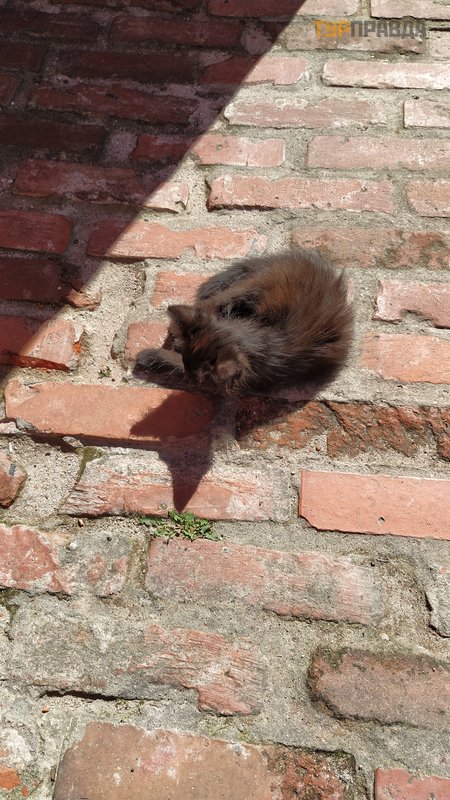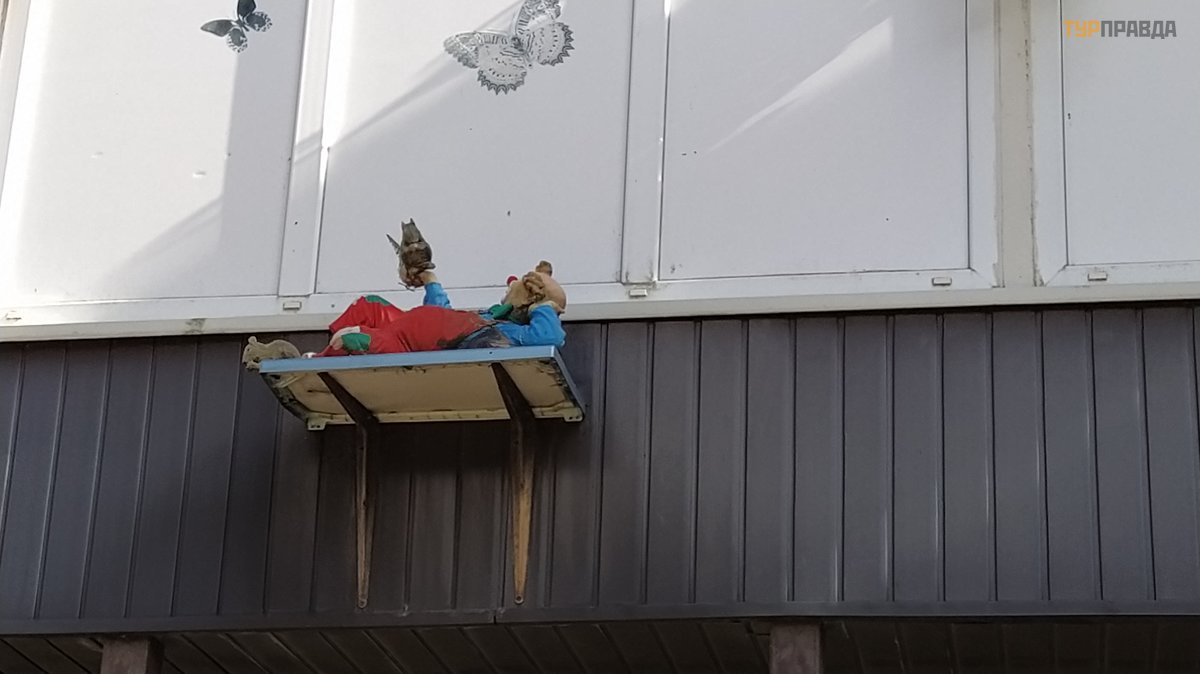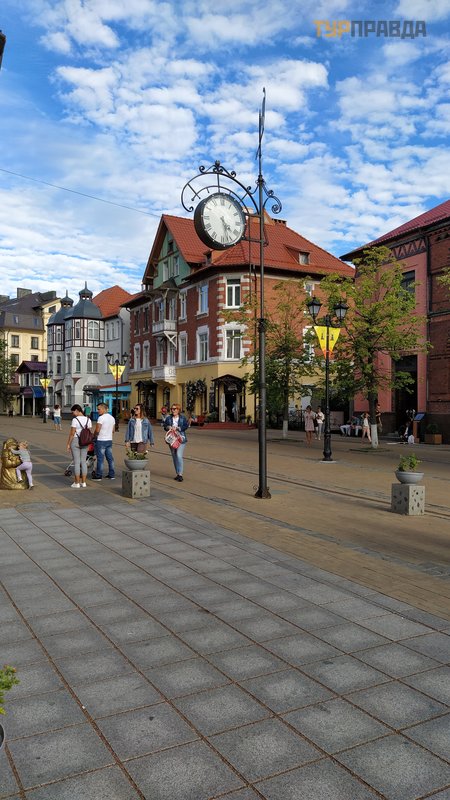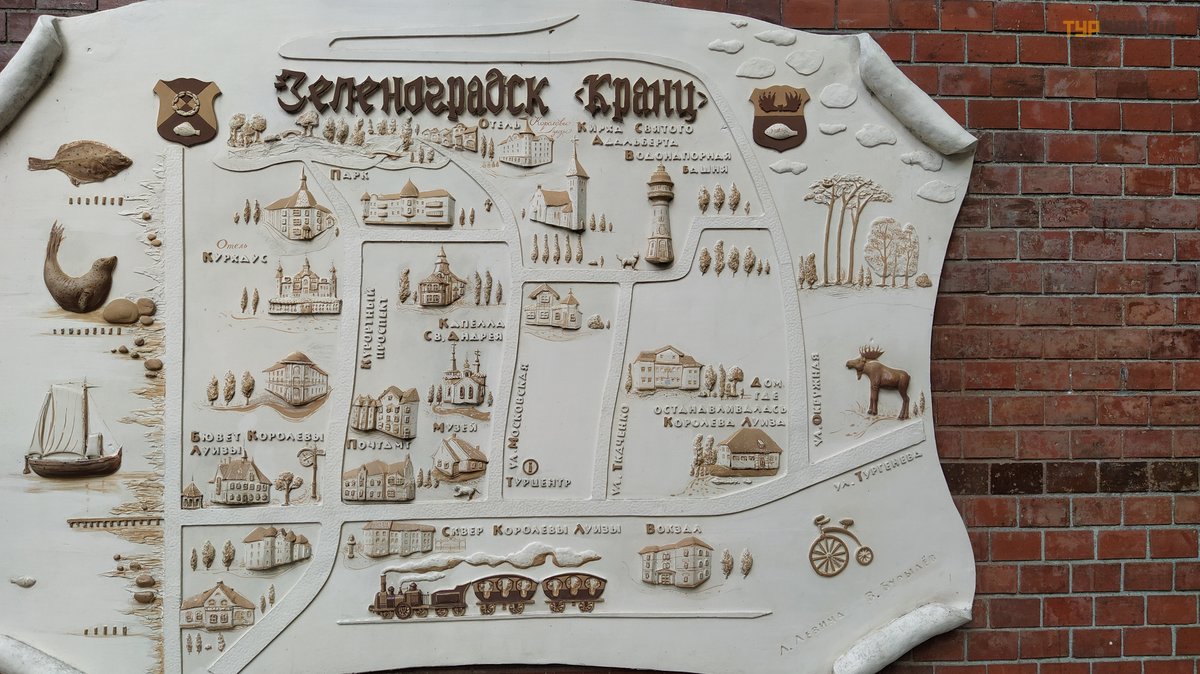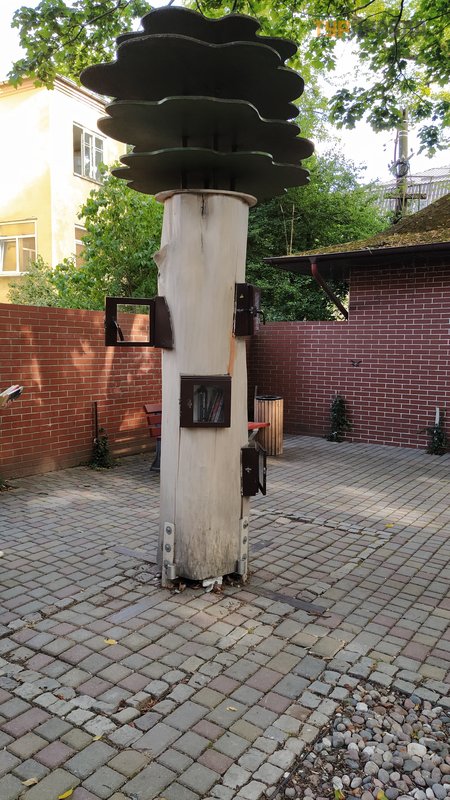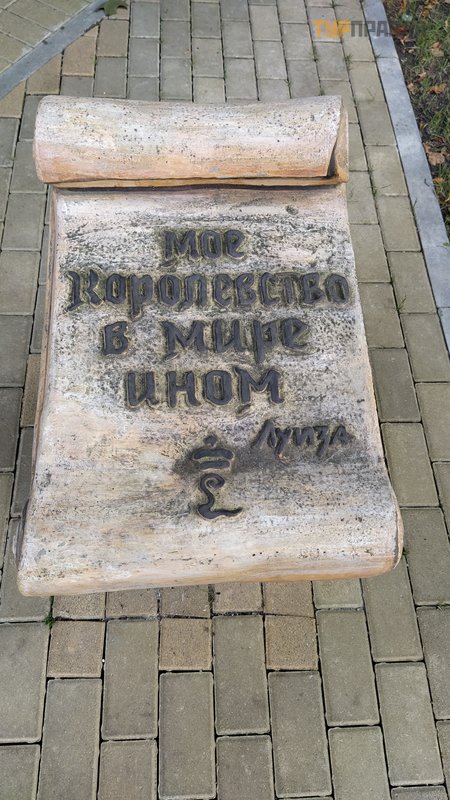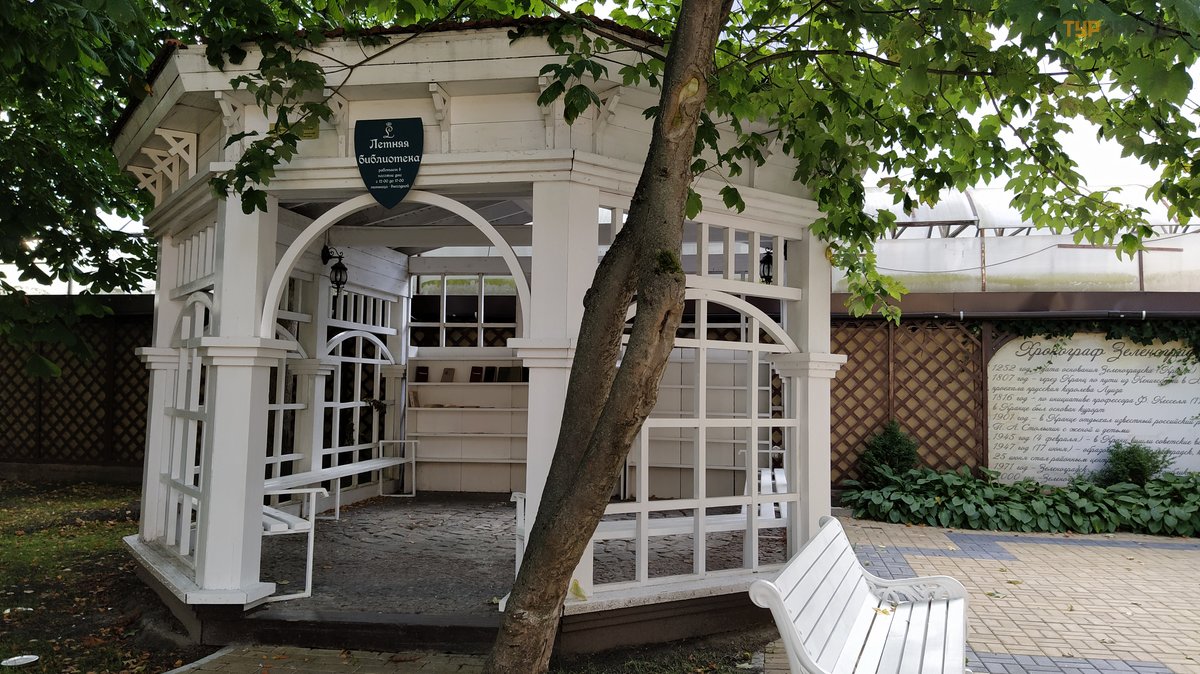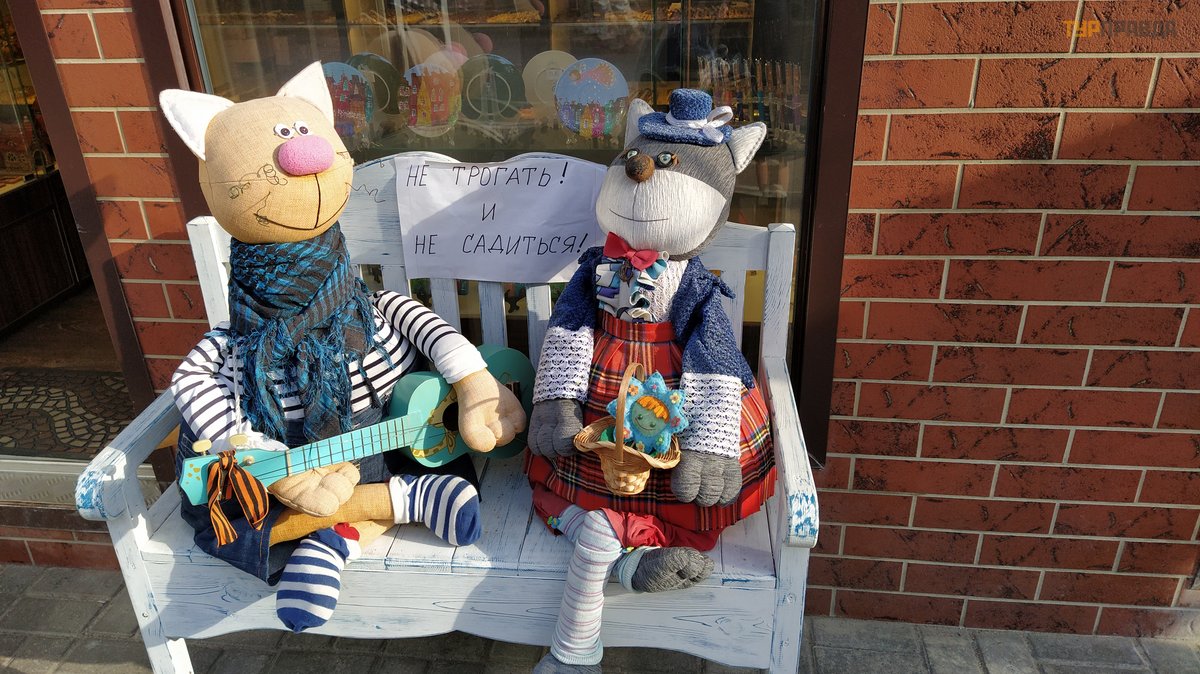In the Far Far Away Kingdom. Part three. Independent (Kranz)
To be continued. Start here >>>
So my excursion program ended and there were two free days left, I had plans for them at home, the main thing was that the weather would not let me down. Morning, wonderful sun, warm, everything is as it should be. I ran into the marzipan store to find out when the car with marzipan would arrive, everything is clear, now you can send it on the road. Today I am going to the coast to the sea, the sun, and this is another small town - Zelenogradsk, I invite you to take a walk with me. At the bus stop while waiting for the bus, I met a young couple, they were also unbearable to wait for the bus, taking a taxi, after 25 minutes we were in Zelenogradsk.
Zelenogradsk (Kranz) arose from a small village of Prussian fishermen, the first mention is the 12th century. And already in the 13th century, the population served the road from Kö nigsberg to the Curonian Spit. So, gradually the village grew, a customs house, a tavern appeared, and this is already a small settlement. Since the end of the 18th century, Krantz has been mentioned in the German press as a place favorable for improving health, everything turned out perfectly - healing sea air, the presence of medicinal waters, mixed forests with the purest air and close proximity to Kö nigsberg.
The rapid development of Krantz as a resort began in 1816 at the initiative of the Koenigsberg doctor Friedrich Christian Kessel - it was he who proposed to establish a resort in these parts with two baths (male and female) on the shore. The popularity of the resort gradually grew, in 1829 the famous Polish poet Adam Mickiewicz visited it, in 1843 King Friedrich Wilhelm IV visited the already small town and was simply delighted, and after that Kranz acquired "royal status". And, of course, a large construction began - boarding houses, sanatoriums, cafes, restaurants, well, in general, everything that is supposed to be in a place of treatment and recreation that is fashionable among the Prussian aristocracy. The railway also developed, it became easier to get to the fashionable resort, the flow of tourists increased significantly and the city became the most popular place for recreation and treatment.
By 1913, there were already 29 boarding houses and hotels, a lot of entertainment - day and night, in general, life in the city was in full swing.
And this is what a small “chronograph” looks like in one of the squares of the city with the most significant events in Zelenogradsk.
Everything turned out perfectly, we reached the city center, from the driver we received directions in which direction: the sea, the city, the center. My route began from the main pedestrian street of the city - Kurortny Prospekt (Kö nigsbergstrasse), there was no plan to explore the city at all, so I just walked, looked, photographed and enjoyed, caught the last days of my vacation and wanted to take only good memories and positive emotions with me. From all that I managed to read and remember before leaving, that during the war the city was practically not damaged, which means that there are many places and houses with history.
This is how Kurortny Avenue appeared. The red-brick building is a former post office, the building has been preserved almost in its original form, the building is from the beginning of the 20th century, now there is a cafe in the building. And then there are profitable houses of the early 20th century and even a small blue kiosk built in 1905 - it had a bakery and sold bread until 2019, and now you can buy excursions for every taste here.
Such funny chicks met me on the avenue, and the master should do it so that the expression of the “face” of all the chicks is different:
And then my "Far Far Away Kingdom" pulled me to look and look not only at the main street, but walk around and see the small streets and nooks and crannies of the old city.
Many houses are still in a deplorable state, but the restoration is in full swing, and of course, there is a remake, of course, people want to improve their living conditions.
Yes, people in old houses put in plastic windows, they naturally stand out from the general view, but for some reason I always think more about people at this moment, and only then about history (purely from my own experience).
Wandering the alleys, I go out to the "House of Angels" museum, a private small museum, I went, did not regret it, read such interesting comments (I read and thought about some) interesting.
And again, Kurortny Prospect - a very cozy and beautiful street, a house with dragons - that's what I called it to myself, and was still surprised: “Dragons? ". Arriving, I read, it turns out, the house of the 19-20th century and Scandinavian dragons were fashionable at that time (the instinct did not disappoint).
 It's interesting when I was reading and then I found a photo of the old city
It's interesting when I was reading and then I found a photo of the old city
The Krantsevsky Kurhaus in Prussia was the largest and best equipped resort hotel. Its building was built in the 1840s, now it is a private hotel with the name "KurhausKranz" 3 *, 20 rooms.
The water tower is an architectural monument and a symbol of the city. It was built in 1904 and served to improve the water supply of the city, the tower has a height of 40 meters, an observation deck is located at a height of 24 meters, the Murarium cat museum is located in the tower (I didn’t go, there are enough cats there even without a museum). This is also a private museum, the same as the "House of Angels", where everything has a "cat direction" (from the stories of those who visited the museum).
And cats are everywhere in Zelenogradsk - there are graffiti on houses, all kinds of sculptures, a cat-like traffic light, benches, planters, and even cats in the image of a bride and groom stand in front of the registry office.
The Cathedral of the Transfiguration of the Savior is formerly the Church of St. Adalbert, built in 1897, also with its own interesting history (the Internet will help me). There was an organ in the church, and three large bells during the First World War were melted down for the needs of the front, but were soon recast with donations from the Krantz community (it is interesting to read and see old photos).
But it was still far from the sea, not in terms of distance (the town is small and everything is close), but in terms of seeing, and something interesting around every turn.
At the beginning of Kurortny Prospekt there is a monument to cats. A cat sits in the window frame and looks at everyone from above, at the base there is an image of a flounder - a symbol of Zelenogradsk. The design rotates - the "Monument Carousel" is designed for children and adults to ride - as it is written on the base, "Circle with pleasure", I did just that and went to the sea on the promenade.
On the way to the sea, there is a Hohenzollernstrasse street (very small), now it is Moskovskaya street. On the street named after the dynasty of kings, there were multi-family villas and the famous Queen Louise hotel (I didn’t get to the hotel, I didn’t know, but now I understand that I was very close), some houses still have inscriptions in German.
So gradually and slowly, I got to the park, the park is located not far from the city beach and you can already hear the sound of the sea, the cries of seagulls, I love nature and I should go and go deeper into the park, but there may not be enough time and energy, but there is more to see.
There are shady alleys in the park, everything is natural and natural, children play and frolic, young people arranged a photo session in the shade of sprawling trees, a complete idyll, it turned out that there is also a pond and a fountain in the park, and it also turned out (already now), that the park merges with the pine forest of the Curonian Spit National Park.
Zelenogradsky promenade is considered one of the main sights of Zelenogradsk (it is not entirely clear to me, probably, because I did not come to the sea, but to the Far Far Away Kingdom). The first wooden sea promenade was built in Kranz after the First World War, its length was 900 meters.
The modern promenade is wide and long, you can walk or ride bicycles and scooters, there is a pier deepening into the sea, there are many cafes on the promenade where you can sit overlooking the sea (which I did).
And near the promenade there is also a source of mineral water, the Queen Louise pump-room. Water is extracted from a deposit at a depth of 240 meters, which arose about 160 million years ago, water relieves fatigue and improves the functioning of the body, it is very useful, everyone gains (I was afraid that the body might misunderstand).
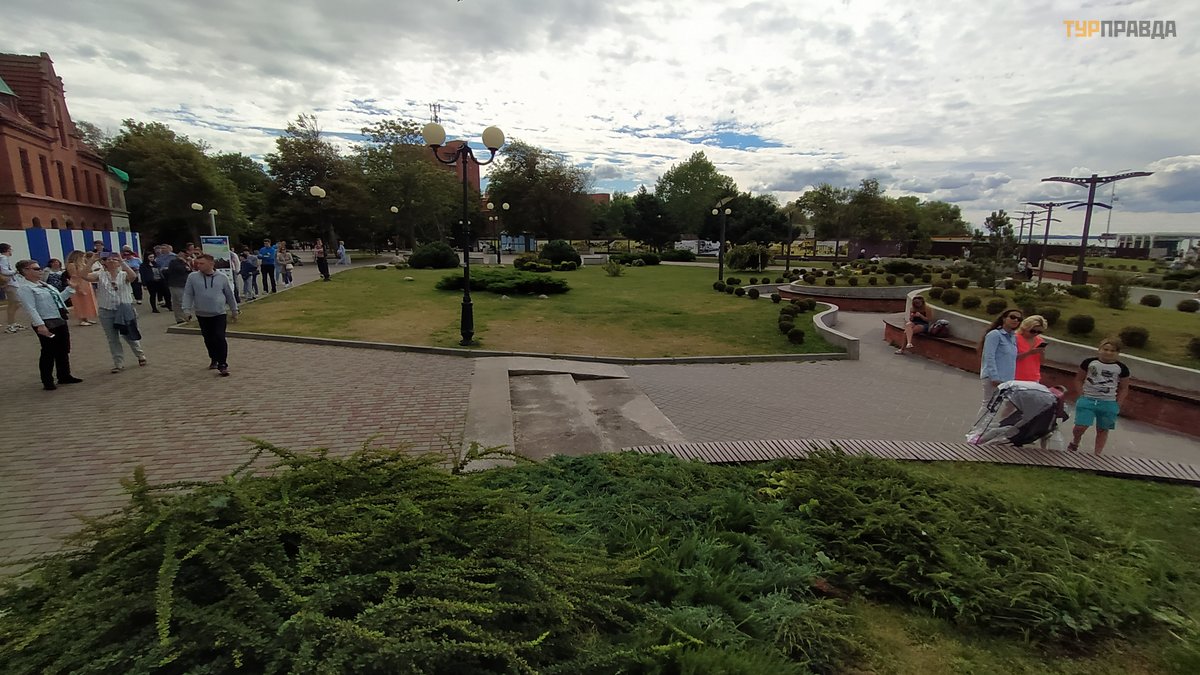 The Pump Room has a nice little garden
The Pump Room has a nice little garden
Not far from the pump-room, the building of the Krantsevo administration of the German resort town was built at the beginning of the 20th century, and Friendship Alley, a nice place to relax, and of course souvenirs, and everything that is supposed to be for a resort town.
Cats are the unofficial symbol of the city. Their images are found on the walls of houses, figurines in the form of cats are popular in souvenir shops, the official place for feeding cats is the Kotofeynya square, I looked there on the way to the station, and there are also houses for cats for the cold season.
But such a cutie lives in a cafe, where after sitting and drinking coffee with a tasty treat, I just enjoy a good day.
On the way to the station, I almost missed the Zelenograd clock, the clock has been in this place since the time of Kranz.
On the brick wall there is a bas-relief "Map of Zelenogradsk", which shows the most important significant places in the city, and the most interesting thing is that it shows both the old town of Kranz and modern Zelenogradsk.
And one more nice place came across on the way - Queen Louise Square. The square was opened in 2010 in honor of the most famous woman in East Prussia. In the center of the square there is a large tree - an elm, benches are located around the trunk. An urban legend says: "During a visit to Kranz (1843), the King of Prussia, Friedrich Wilhelm IV, planted a tree in the square in honor of his mother Queen Louise. " In the center of the square, on a pedestal, there is a bust of the queen, a bronze copy of the famous work of the sculptor H. D. Rauch, donated to the city by German partners.
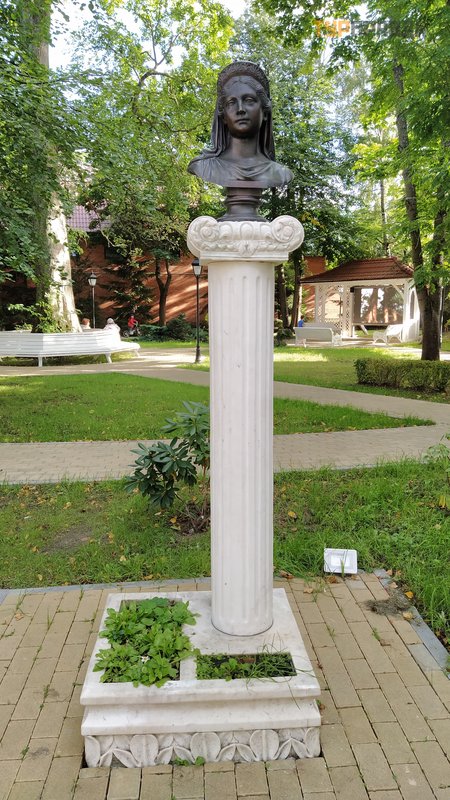 In the distance is the tree that the king planted in honor of his mother
In the distance is the tree that the king planted in honor of his mother
I visited such a pretty town on my own and it was much better than running after an excursion, trying to hear, see and photograph what you are interested in, thanks to the Internet you can find out everything, the main thing is to take as many photos as possible.
And these two pussies saw me off at the station.
Continued here >>>
